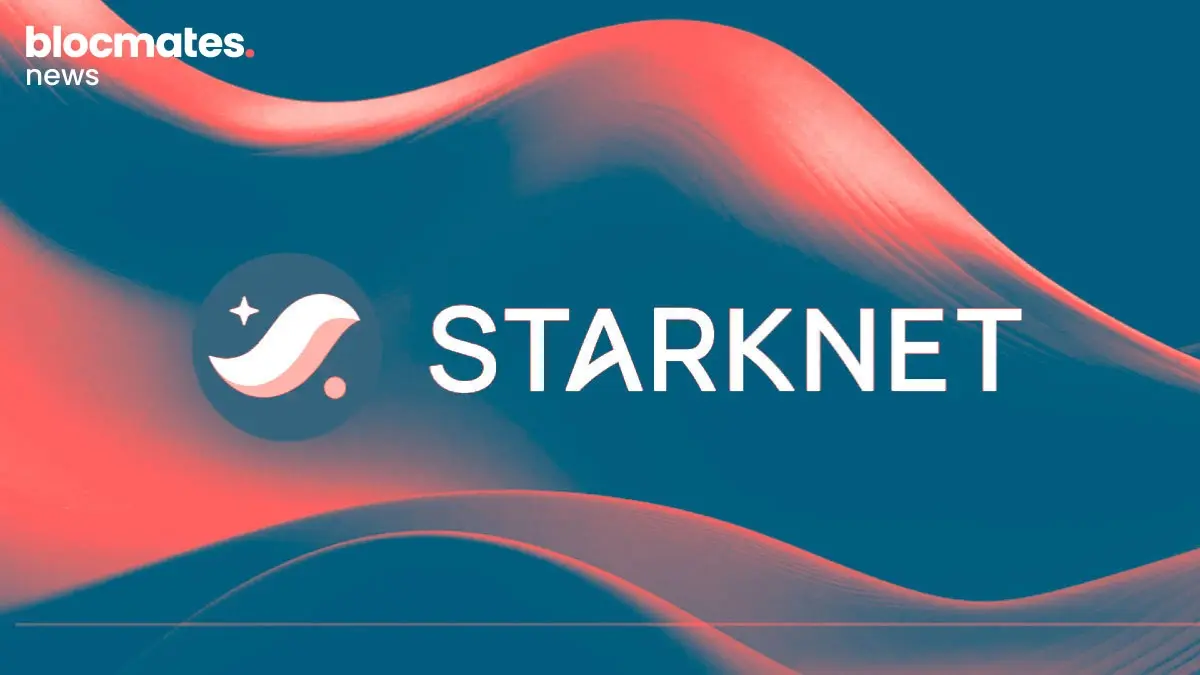Alright, I’ll say it. The past year and a half in crypto has been strange, to say the least.
We’re nearing the end of 2024, and every major institution has now dipped its fingers in the crypto pie.
Governments are including crypto in their bills, and a significant chunk of the global population at least knows of the industry’s existence, even though they might not be as deep in the weeds as us jobless degenerates.
Yet, things feel stagnant.
If I had written this a year ago, I would’ve probably rambled on about how major technical issues like liquidity fragmentation across chains, poor scalability, and sub-optimal user experiences were plaguing the space.
Once the infrastructure catches up, we’ll be fine. Right? RIGHTTT??

Now, the infrastructure has, more or less, caught up.
Although some technical improvements can be made, the industry seems to be in a weird limbo. We are transitioning out of the infrastructure phase and into the consumer applications phase, with nothing other than memecoins really gaining any traction.
So, let’s be real for a second. No normie cares about the difference between PoS and PoW, Optimistic rollups vs ZK rollups, or the next 53,245% APY yield farm. These are niche topics that will likely only remain of interest to crypto natives.
What we really need is the rise of consumer crypto.
As the infrastructure has improved, the products have remained as experimental as they were in 2021.
The real issue for this industry lies in product design. Most teams tend to prefer speculative products rather than actually useful products, which leads to unsustainable product designs and, therefore, short life cycles for products.
What will really do well with the masses are products that provide entertainment value, a unique experience, and an element of cultural belonging. Products that look at users as consumers and bring them value, rather than looking at them as the product and extracting value from them.
The underlying blockchain technology we often use is uniquely positioned to completely redefine online experiences. All we need to do is leverage it by making good applications that will ultimately attract the masses.
With that in mind, allow me to introduce you to the topic of today’s discourse. The pioneers of pushing consumer crypto forward: Sophon.
What is Sophon? A protocol redefining on-chain experiences

Sophon is a layer 2 chain focused on bringing entertaining experiences and a culturally rich ecosystem to consumers, ultimately making crypto easier, better, and more accessible for the masses. It’s a validium, built leveraging ZKsync’s elastic chain.
I’ll get into what all of this means in a second, but this is the underlying technology that allows Sophon to be highly scalable and interoperable, ultimately allowing the vision to become a reality.
What is a Validium?
Validiums are essentially a scaling solution, similar to optimistic rollups and ZK rollups.
They work a little bit like this: When a user makes a transaction on a blockchain, there are computations involved in processing this transaction that are very data-intensive.
Handling this data load directly on the blockchain leads to bottlenecks as transactions become slower and more expensive.
To combat this, we have scaling solutions like Validiums.
A Validium chain will process these transactions off the main blockchain to reduce the load on the network but will provide something called a ZK proof to the network to verify the transactions that were processed off-chain are real and not malicious/fraudulent.
This way, the network can have fast and cheap transactions without compromising on overall security.
Sophon is a bit different from the other Validium chains because it leverages something called the ZK Stack.
What is the ZK Stack?
The ZK Stack is essentially this grandiose vision spearheaded by the ZKsync team to fix the relatively broken multi-chain world that we currently live in.
Even if we narrow our focus to Ethereum-aligned rollups, the interoperability between these chains still needs to be improved.
There’s a reliance on third-party bridges, which are notoriously prone to exploits; the general UX is sub-optimal, to say the least, and it is very capital-intensive to run.
The ZK stack fixes this by what they call the “Elastic Chain Vision.”
You can think of it as a network of multiple ZK chains that can all seamlessly interact with each other.

The reason for the term ‘Elastic Chain’ is because the design of this system is such that it can react to changes in demand.
So, if the chains on the ZK stack become very popular and attract an increasing number of transactions, the network can extend its capacity limitlessly to match the demand to use the network.
Let me explain this architecture with a simple example.
Think of the ZK Stack as a vast network of interconnected streams and rivers.
The main river (Ethereum) acts as the foundation, flowing through the middle of this ecosystem. Then, streams and tributaries (elastic chains) come off this main river, helping distribute the flow of water (transactions) in case the main river is overflowing.
But this network of water bodies is no ordinary one. Over the years, it has adapted to its surroundings to become a flourishing ecosystem.
When there is a massive thunderstorm (major influx of transactions), rather than flooding the river banks, the streams and tributaries (elastic chains) can expand or contract (more/fewer instances) to respond to the changes in water level.
This way, the network is always in an optimal state as it can quickly react and adapt to demand.
Then, you have natural filters like sand, silt, and minerals (ZK Router) that filter and smoothen the flow of water (verify transactions) before it flows back into the main river (Ethereum).
Of course, any good ecosystem of water bodies supports life (dApps and users). The connections (ZK Gateway) between the various streams and tributaries (elastic chains) allow the different forms of life to interact seamlessly with one another without hiccups.
In crypto terms, this means seamless movement of users and liquidity, as well as infinite composability between the various chains and the respective applications.
Sophon is one of the ZK chains in this vast network of ZK chains in the elastic chain vision.
This means that in addition to its limitless scalability, it can seamlessly operate with a vast network of other chains.
For a network designed to reshape online experiences, this level of interoperability and composability seems like a perfect recipe for success.
Alright, BREATHER.
I know you’re probably tired of the technical jargon by now, but we had to help you understand the underlying infrastructure to truly understand how powerful the applications can be.
So let’s get into it: How is Sophon going to redefine online experiences?
How Sophon is spearheading consumer crypto
Look, the tech and infrastructure are important, but at the end of the day, the average consumer only cares about experience and convenience.
Do you ever scroll through Instagram, watch a video on YouTube, or play a game on your computer and think to yourself, “I wonder what the underlying technology of this app is?” No, nobody does.
Similarly, the tech side of crypto is great, but it eventually needs to get abstracted away, so when you think of Sophon, you shouldn’t really think about it as an L2 and compare its tech to other L2s.
You compare it to other online entertainment platforms that dominate our mindshare today. Let me explain why.
The Sophon team has put in a ton of leg work behind the scenes as they work their way up to mainnet launch, and a huge chunk of this effort has been partnerships.
Their partnerships span multiple verticals, such as betting, gaming, Social-Fi, DeFi, casinos, ticketing, and much more. I’ll introduce a few partners, and then you can monitor their X to learn about all the future ones.
We’ll also be keeping a close eye on ‘em in our newsletter, too, so subscribe there for daily updates.
A lot of you may already be familiar with Beam by now. If you aren’t, it’s time to start paying attention because it’s the essence of crypto gaming.
Beam offers everything from a bridge to a native marketplace to a gaming hub featuring a host of different games. It’s the quintessential Web3 gaming experience.
Beam will partner with Sophon on launch, which means the hyper-scalable and interoperable Sophon network will offer its users the best Web3 gaming experience off the bat.
But maybe you aren’t much of a gamer. You’re a bit like me, a true gambling man.

Well, Sophon has also partnered with Azuro. Azuro is essentially a tooling service that makes it easy for any dev to launch prediction markets, betting platforms, and games.
If you guys have been paying attention to the market, you may have noticed that platforms like Shuffle, Stake, and Polymarket have gained a lot of traction from non-crypto native audiences. Azuro will provide the foundation for similar apps to be built on Sophon.
Let’s switch gears and look at another sector that’s on the rise worldwide: AI. Artificial Intelligence has been lauded as the next frontier of technological innovation.
We’ve been seeing a ton of AI innovation inside and outside of the crypto sphere, not least the recent shitcoin shenanigans, but that’s for another day.
Sophon has partnered with Aethir, a platform that provides decentralized access to compute. GPU power and compute are essential to any AI platform, so by partnering with Aethir, Sophon has provided developers with the perfect backbone to create AI-based applications on their platform.
Speaking of infrastructure, another partner they have is Avail. Avail is a unification layer for Web3. They offer data availability, a cross-chain hub, and a staking interface. So, this partnership directly improves Sophon’s scalability and allows them to tap into the broader Avail ecosystem.
While all of this is really good, we still need to think bigger. Something that almost everybody in the world interacts with on a frequent basis. Tickets.
For this, Sophon has partnered with OPEN Ticketing.
The ticketing industry is estimated to be a $90 billion industry.
Unfortunately, this massive industry faces major issues in the digital era, specifically scamming and ticket scalping. Most people are victims of selling fake tickets for marked-up prices.
Replacing regular digital tickets with NFTs is the simple solution. Everything is immutable and transparent on-chain, with the marketplace showing accurate real-time ticket prices. OPEN Ticketing’s product is the solution this industry needs.
They have already done ticketing work with F1 and artists like Gucci Mane. In addition, festival organizers, club promoters, museums, and comedy shows have been frequent users of the platform.
This platform is now coming to Sophon. Consumer crypto at its finest.
These are just a few of the partnerships they have in store, but they give you a good enough picture of their future plans.
The infrastructure is already in place. Cheap and fast transactions with limitless scalability, wallets with account abstraction, and composability among applications are all sorted. But ultimately, this is all abstracted away.
The infrastructure plays its role in the background to allow the aforementioned applications to shine.
Now, if you put this in the context of the broader ZK Stack, then not only will Sophon be the hub for consumer crypto applications, but it will also be seamlessly interoperable with the other elastic chains, which means DeFi applications and general liquidity will also be free-flowing and flourishing on Sophon.
I don’t think there’s ever been a more apt time to use the phrase “match made in heaven.”

Now, if you’ve made it this far, you’re probably licking your chops and salivating at the thought of getting involved with this platform.
Well, at the moment, there are two general approaches you can take:
- Sophon Guardians and nodes
- Sophon Farming
What are Sophon Guardians and nodes?
Sophon Guardian sounds cool, doesn’t it?
Well, appropriate to its name, Guardians play a very crucial role in the operational infrastructure of Sophon.
Becoming a Sophon Guardian requires a Guardian membership. This membership will be represented by an NFT on Sophon.
If any of you terminally online degens took part in Sophon’s node sale, you can expect your Guardian membership NFT to come to you very soon.
But why the hell would anyone want this Guardian membership?
Being a Guardian member has everything to do with being a node operator on Sophon. You can either use your membership to operate a node yourself, or you can delegate your membership to other node operators.
To run a full node, you must first meet the network criteria (released soon) and have 1500 Guardian memberships delegated to the node. Once that’s done, you can run a full node.
The cheaper alternative is to run a light node. It is less capital-intensive to operate and only requires between 1-20 Guardian memberships delegated to it.
However, if you’re a lazy ape like me, you can simply delegate your membership to full node or light node operators and collect some of the rewards they earn from validating blocks.
The general reward system for the nodes looks like this:
A total of 20% of the SOPH supply has been allocated as rewards for nodes and Guardians to be distributed over three years.
Light Node
10% of the SOPH supply is allocated to light node rewards.
This will be distributed proportionally every week. It has a linear vesting over 3 years, with approximately 0.064% distributed weekly.
However, there is a minimum liveness threshold to meet to qualify for the rewards.
Full Node
A total of 5% of the SOPH supply is allocated to full node rewards.
This will be distributed proportionally over three years, with approximately 0.032% distributed weekly. If you would like a detailed breakdown of calculations, you can have a quick scan through the docs.
Delegated Guardians
Another 5% of the SOPH supply is used to reward those who delegated their Guardian membership.
This 5% will be distributed proportionally every week over the three years and will only be given to delegated memberships that are on currently active nodes.
Each active member receives 1/(total supply of memberships) portion of the weekly reward.
Sophon Farming
Another way to get involved is farming.
I will dive deeper into the SOPH token in a second, but on the approach to mainnet, Sophon has been conducting a farming program on Ethereum mainnet where participants get points.
Once the Sophon mainnet is live, the farming positions will get transferred to Sophon, and the points will be redeemable for SOPH tokens.
A total of 10% of the supply will be allocated to reward Sophon farmers and there are currently around 15 active pools into which users can deposit their assets.
Now, you might be a little late to the party, but better late than never. There’s no better way to get involved in Sophon before the mainnet than through this.
That said, let’s get to the details of the actual SOPH token.
SOPH Tokenomics
Sophon is a ZK chain, but unlike other scaling solutions, it will use its own native token, SOPH, as the gas token. This completely changes the value accrual for the token compared to other L2 tokens, for example.
The total supply details are yet to be fleshed out, but the general distribution of tokens will look like this:

This is what the emission schedule looks like:
- Node Rewards - 20% of supply emitted over 36 months
- Sophon Foundation - 25% of the supply subject to a 12-month cliff with a 36-month vesting
- Investors - 20% of the supply subject to a 12-month cliff and 24-month vesting
- Advisors - 5% of the supply with a 12-month cliff and 36-month vesting
- Ecosystem Reserve - 30% of the supply, which will be used for grants, incentives, ecosystem initiatives, and so on.
Note that these are not the absolute final tokenomics. They can change closer to mainnet so stay close to their socials to be on top of any changes.
The Sophon team
Sophon has an absolutely stacked team of gigabrains who already have a wealth of experience working for some of the best companies in crypto.
Sebastien, one of the co-founders, has previously worked in high roles with the likes of Matter Labs, Nervos, and Paper Ventures. This wealth of knowledge is the perfect backdrop to lead a ZK-based product to the masses.
Ed Chang, the COO, previously worked at EA for almost five years before becoming the head of gaming at Ava Labs. So, he has the perfect experience needed to spearhead a consumer crypto-focused chain.
Ramon Canales, the VP of product, previously worked with the likes of Aragon and Matter Labs and has been in the crypto industry for a long time. Yet again adding more credibility to how strong this team will be in terms of taking Sophon to where it promises to be.
These are just a few team members who will give you an idea of the caliber of quality we are dealing with. The rest of the team is also stacked, and you can be assured you’re in trustworthy hands.
Concluding thoughts
Those of us at the front lines of this industry experimenting with every new DeFi ponzi, aping new pump.fun coins, and trading the one-minute chart on 100x leverage based on tweets can often get caught up in the noise.
Yes, there are many issues and weird nuances that make you question this industry altogether, but every now and again, you have to take a step back and objectively examine the technology.
There is no doubt that the underlying technology is revolutionary. It will undoubtedly be the next layer of the Internet.
The only issue is that we have been so insular as an industry that our product offerings have become increasingly speculative and increasingly crypto-native focused.
No average person gives a shit about what impermanent loss is or what KOL bought Monkeydick Inu.
But we do know that the average person can greatly benefit from using this technology.
What people outside this industry value is entertainment, culture, unique experiences, and convenience. This makes an area like consumer crypto very overlooked.
Focusing on what the masses want and giving it to them in an easy-to-use product while allowing them to unknowingly benefit from the underlying technology is the definition of hitting the nail on the head.
That is why we at blocmates love go-getter teams like Sophon.
Everyone is aware of the issue, yet very few teams are willing to take matters into their own hand and actually do something about it.
With the way Sophon is positioned, if they execute well, we could be seeing the start of an absolute behemoth that takes crypto beyond the relatively walled garden that it currently is.
I would suggest paying close attention. Fade them at your own peril.






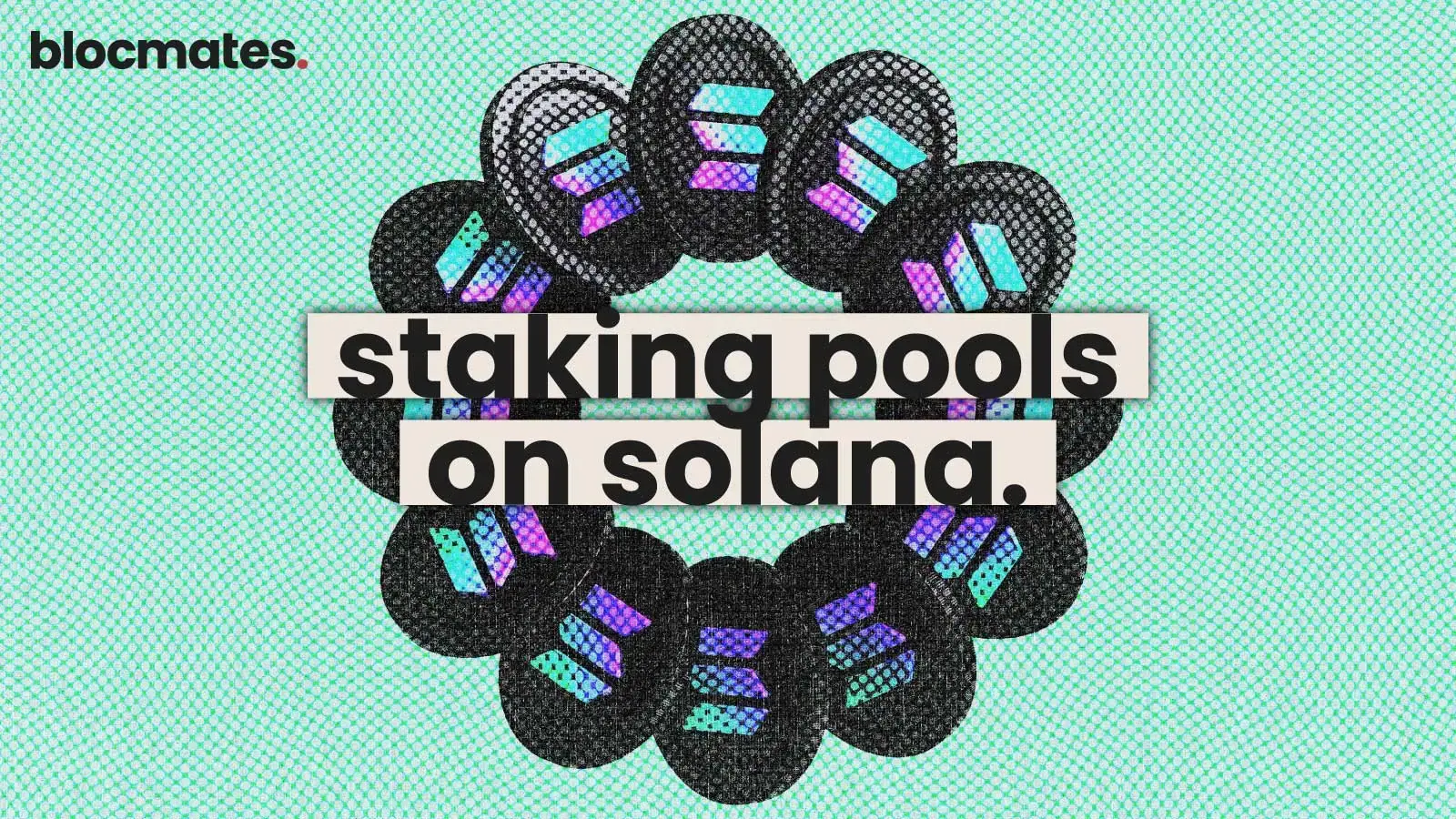





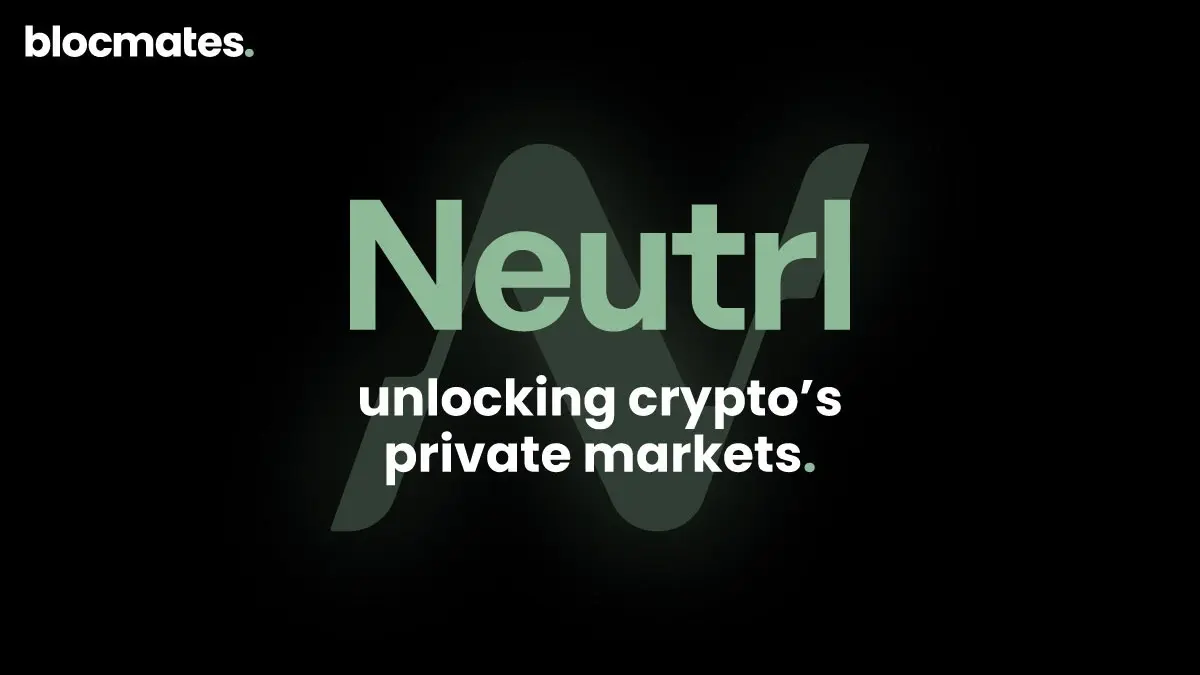


.webp)

.webp)
.webp)
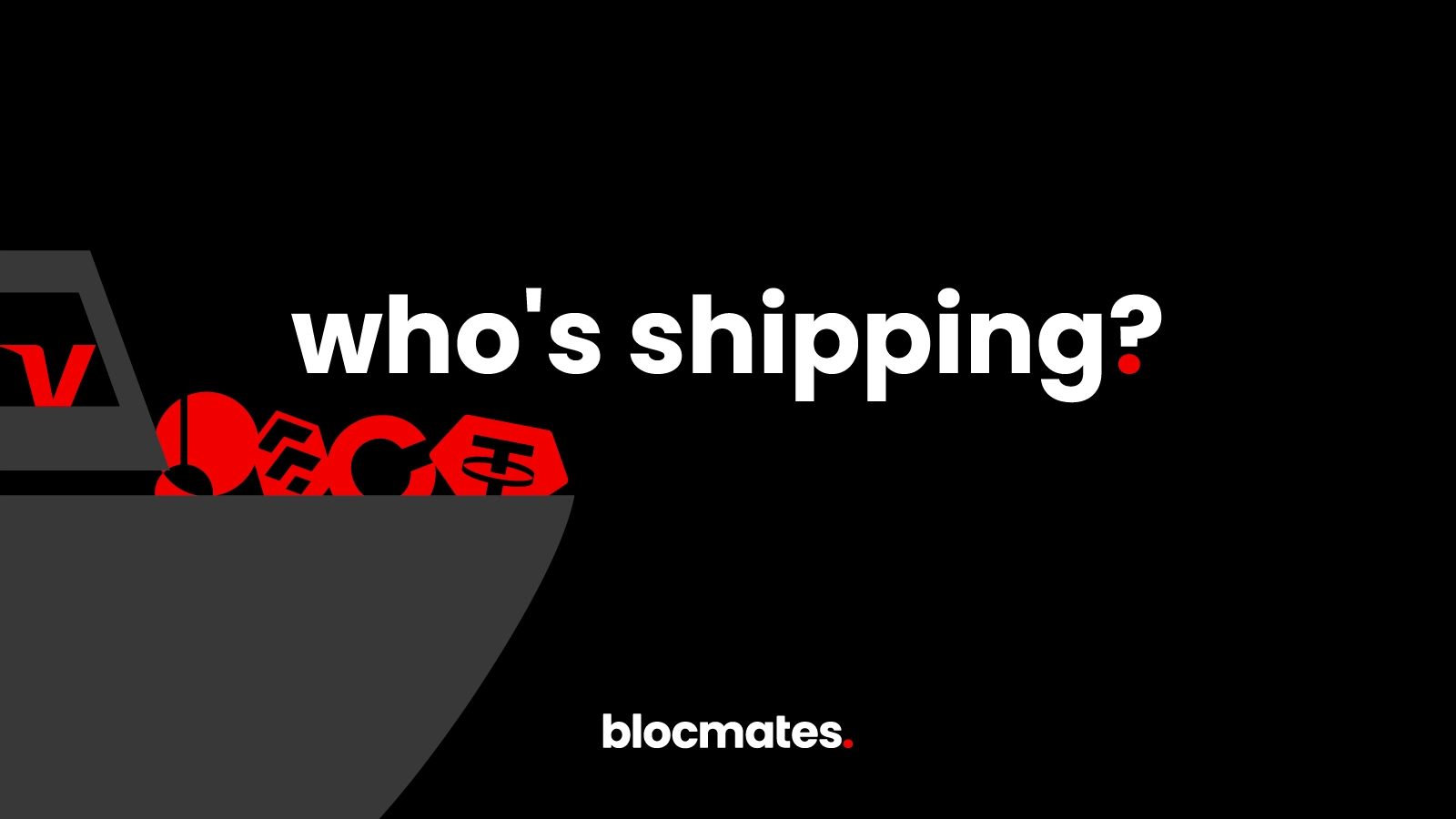
%20(1).webp)
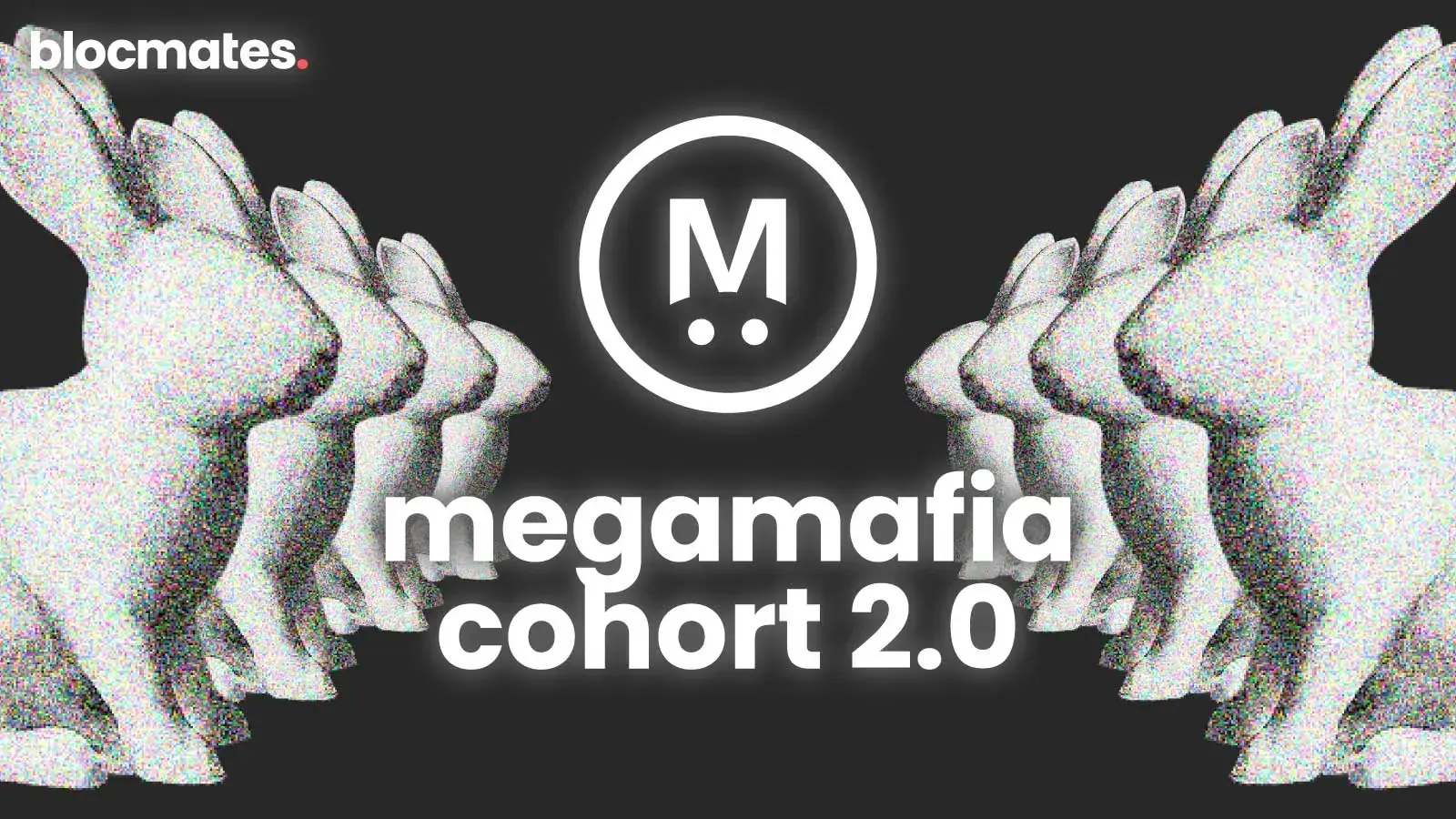
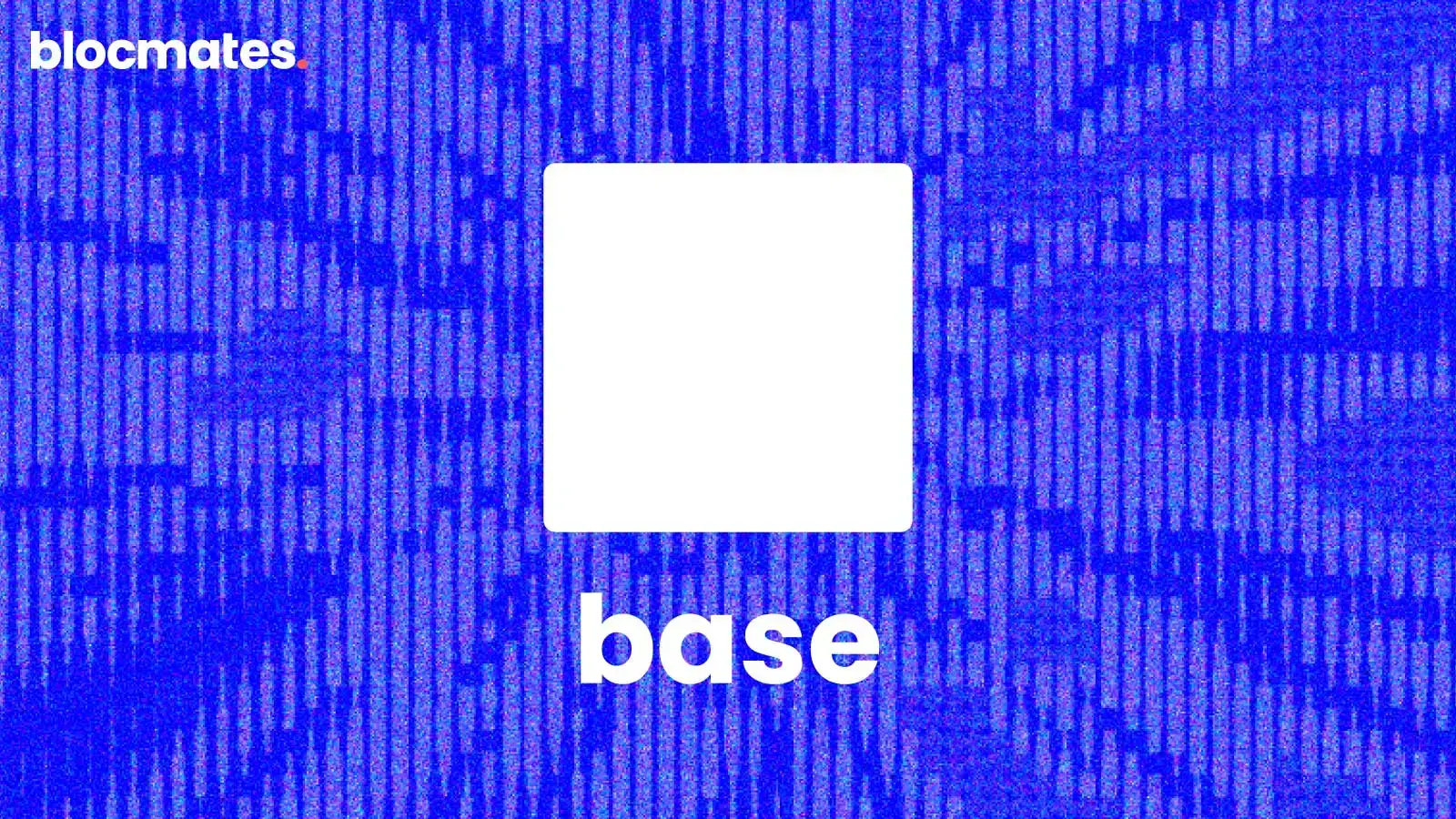
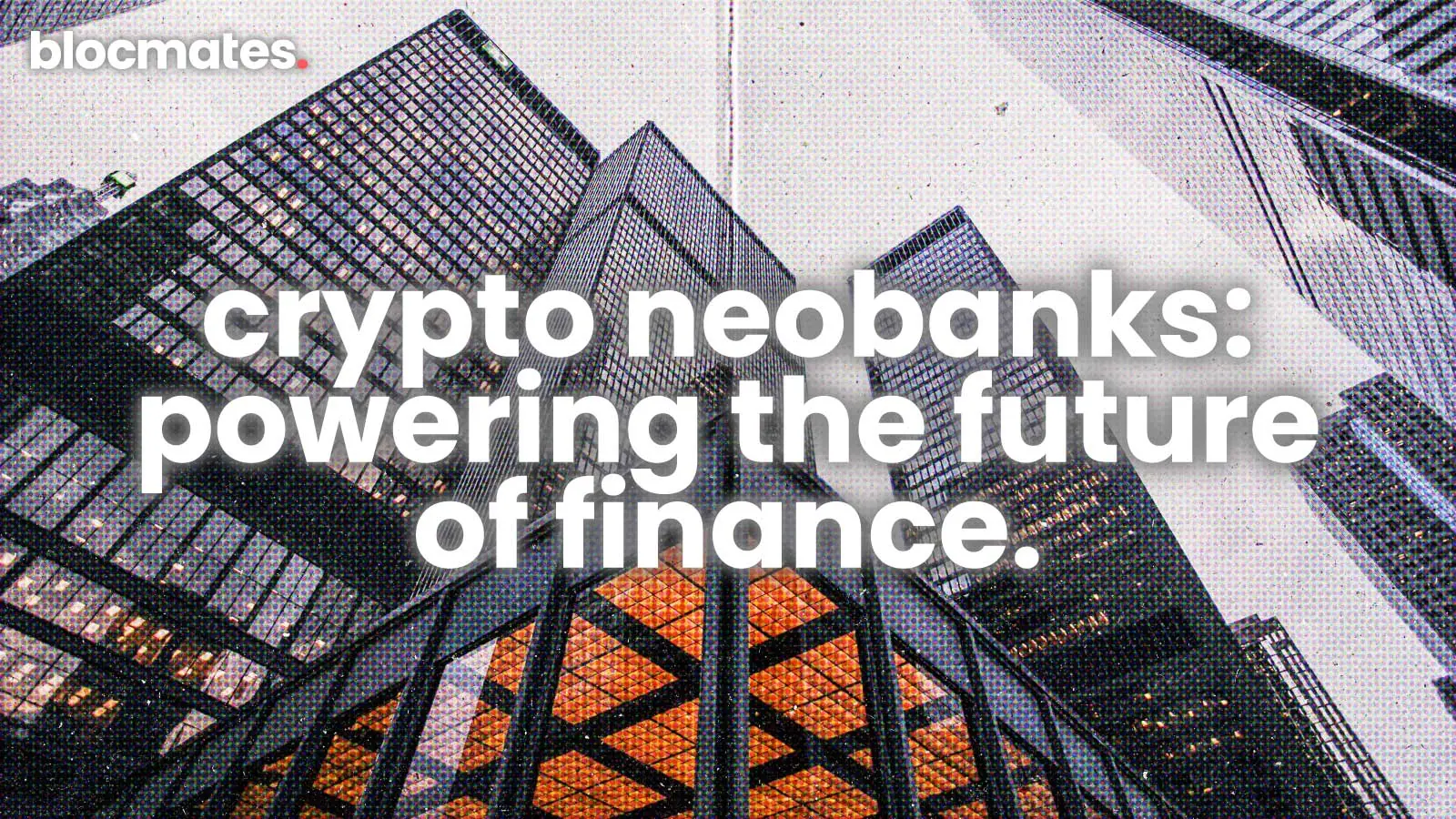


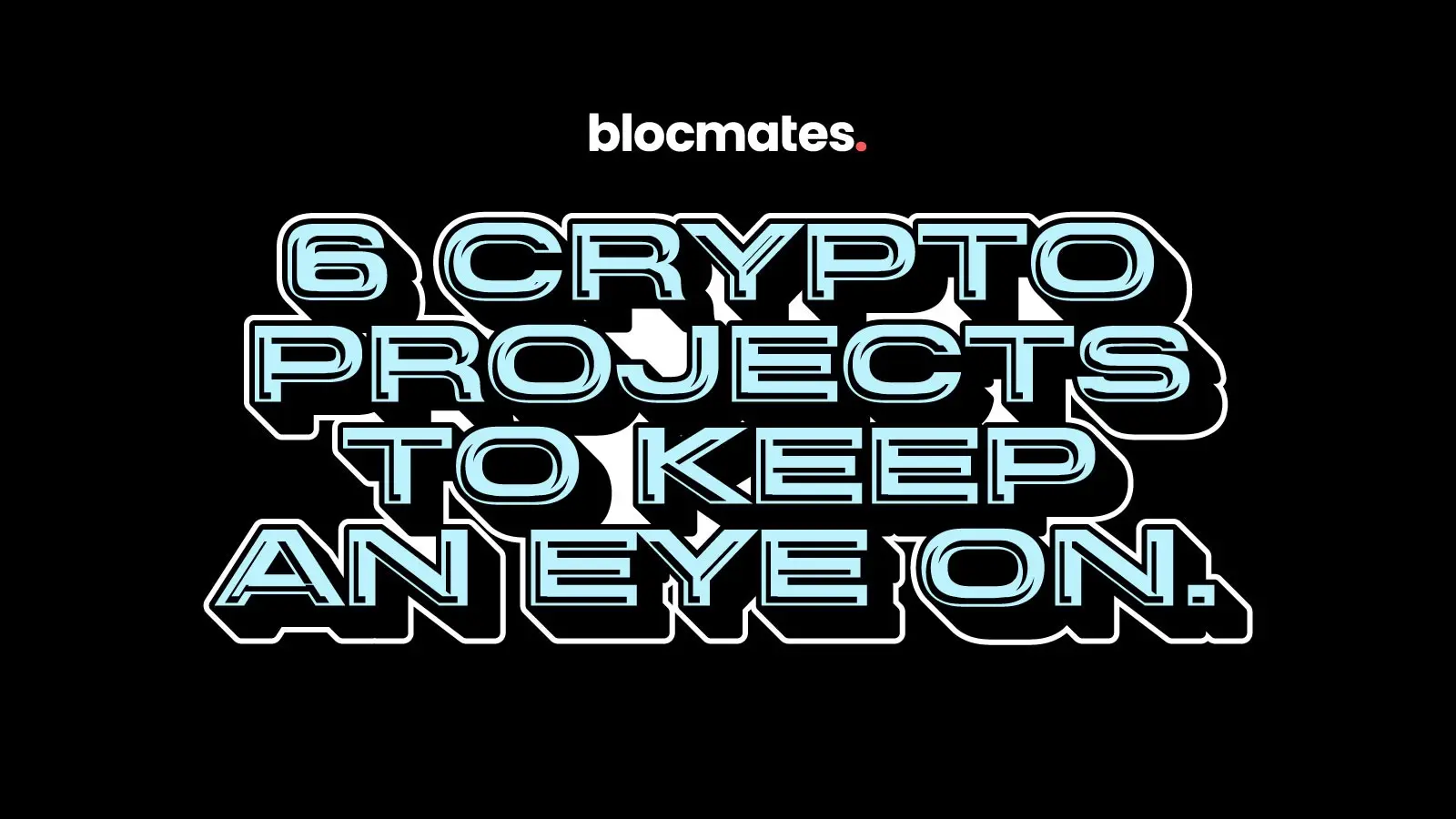
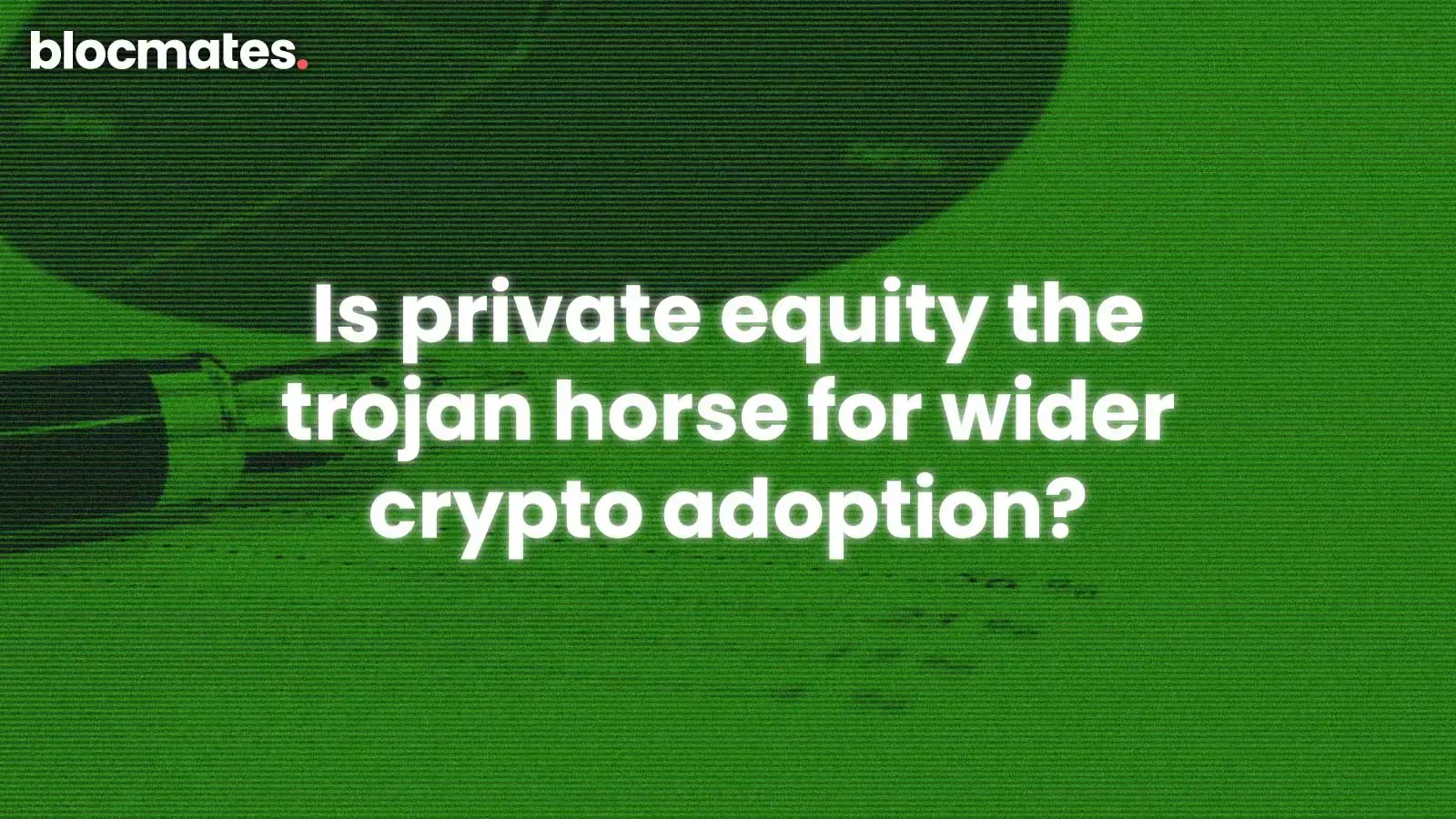
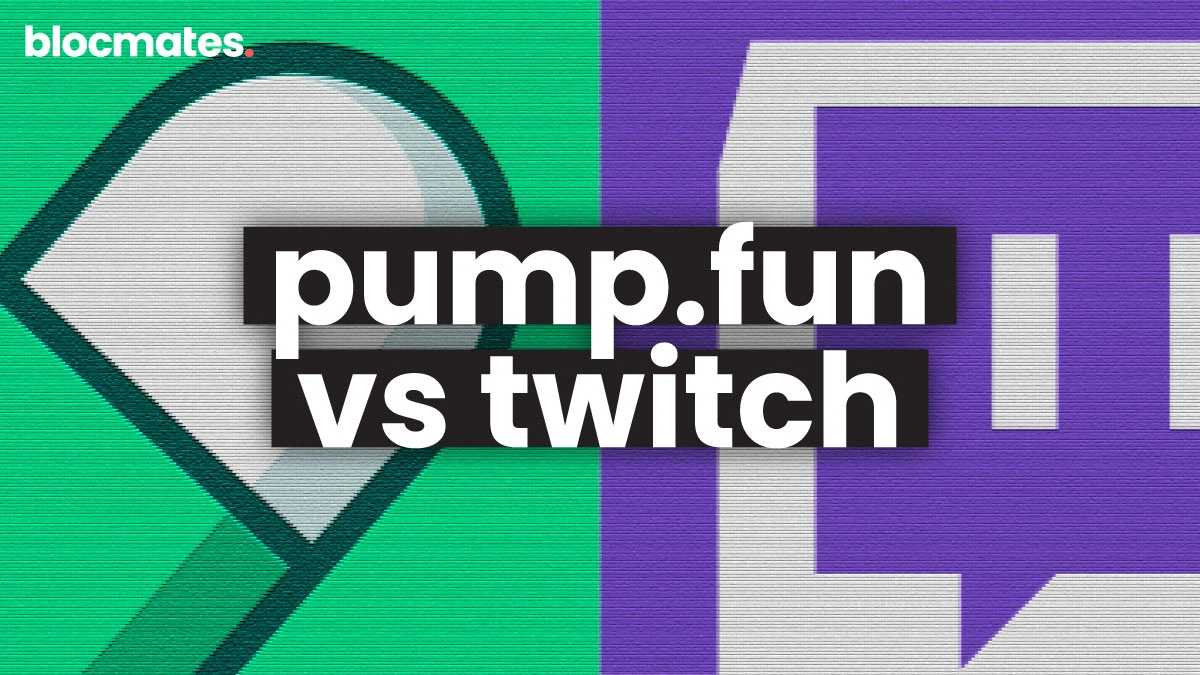

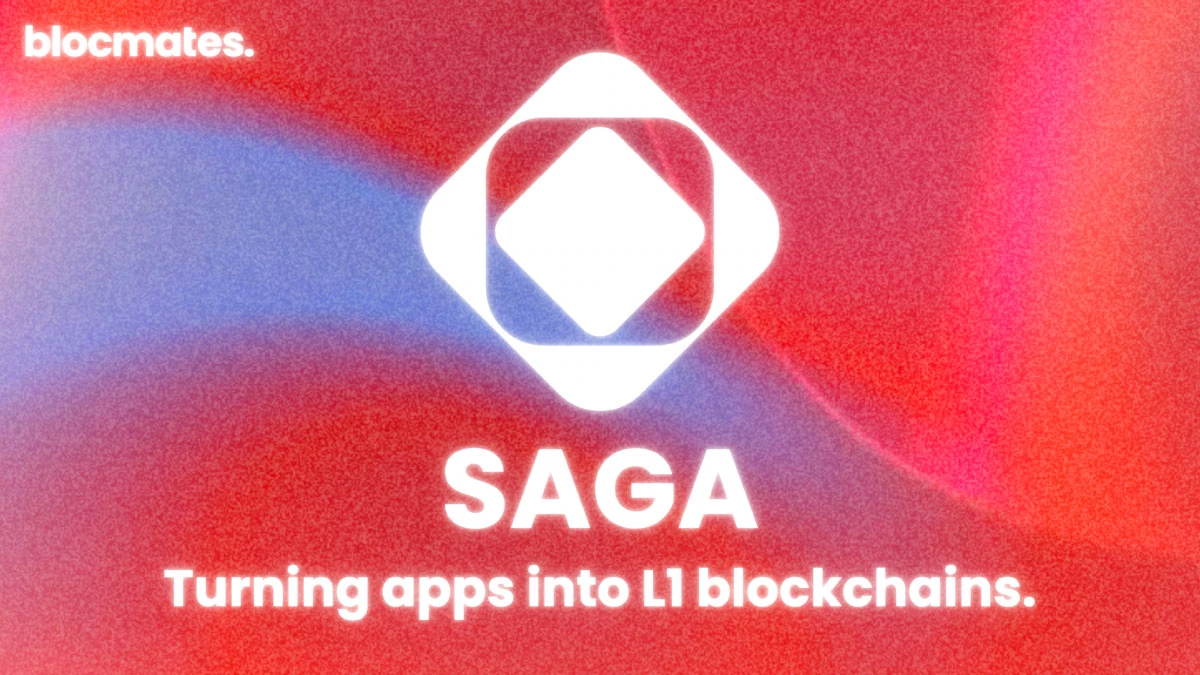

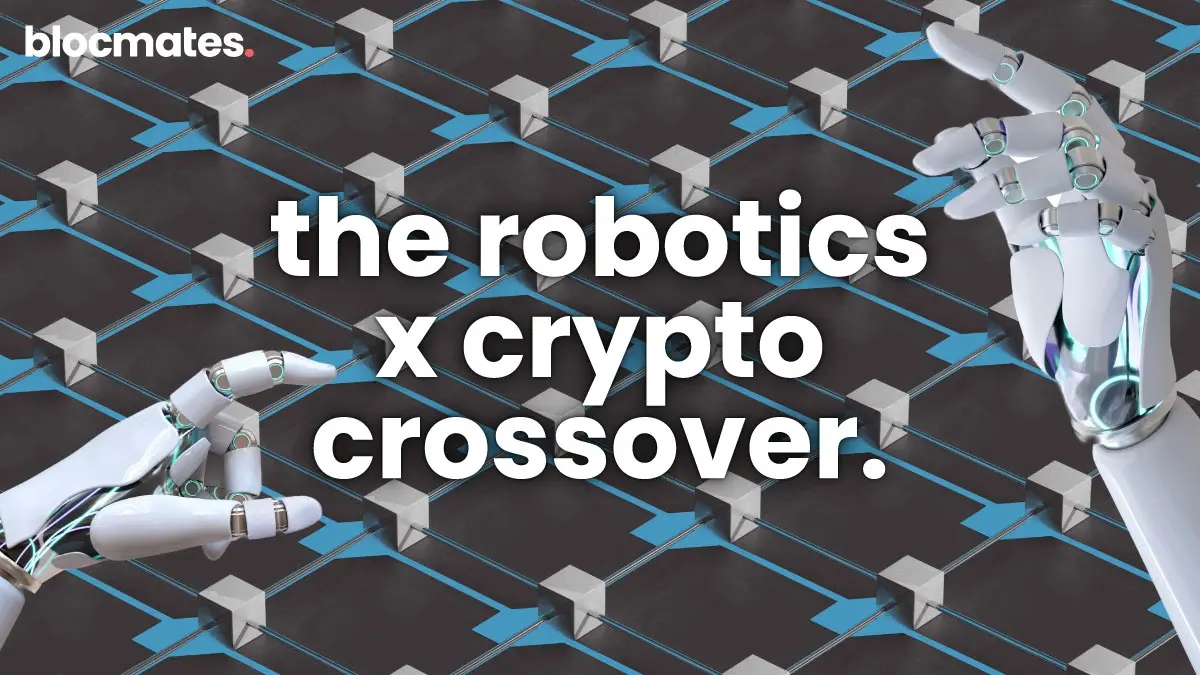
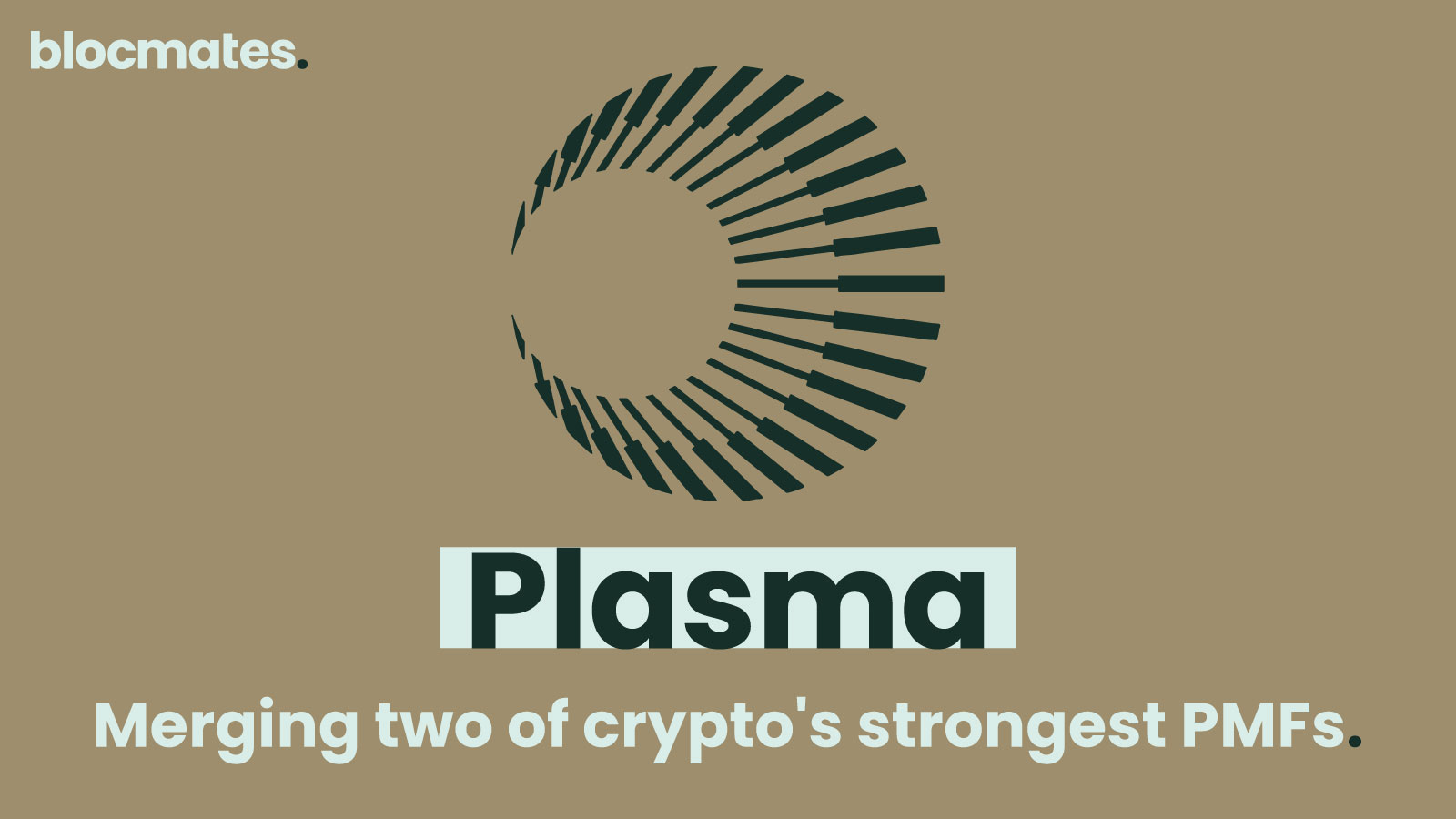

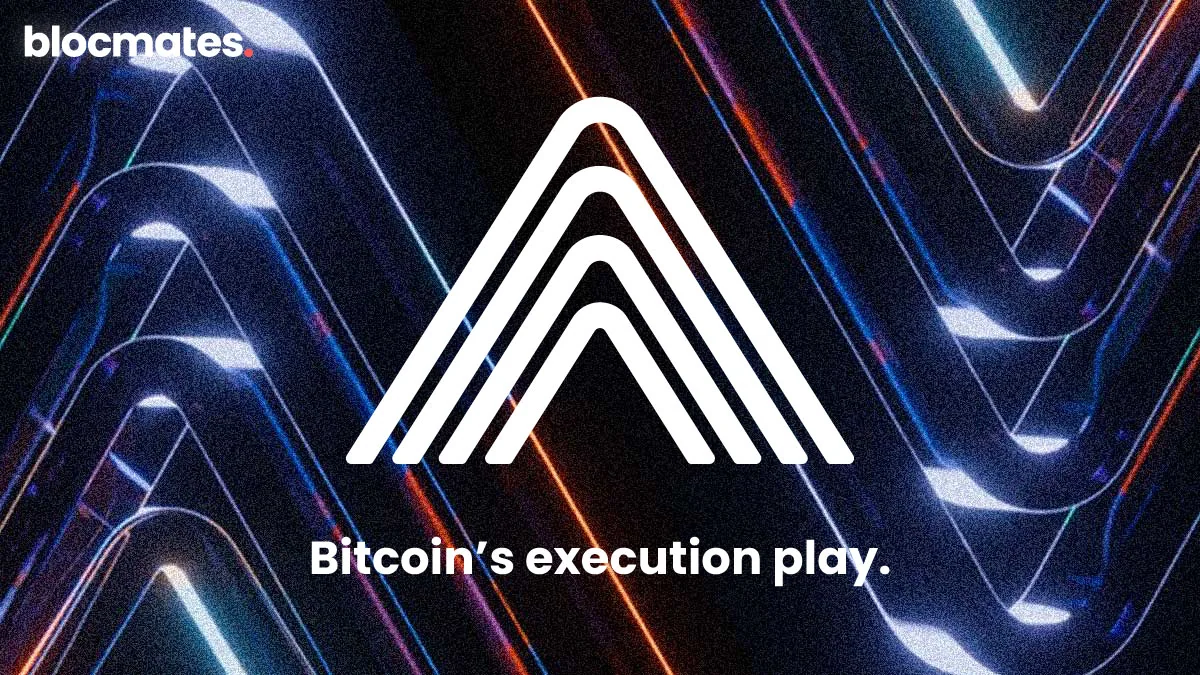

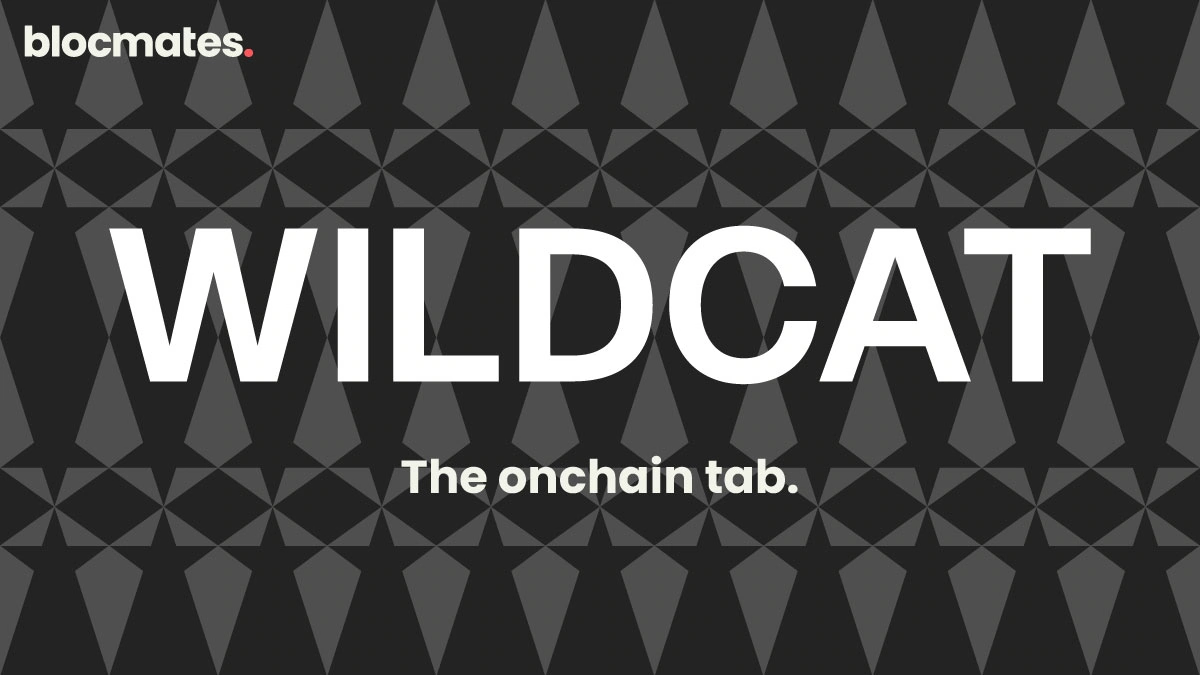
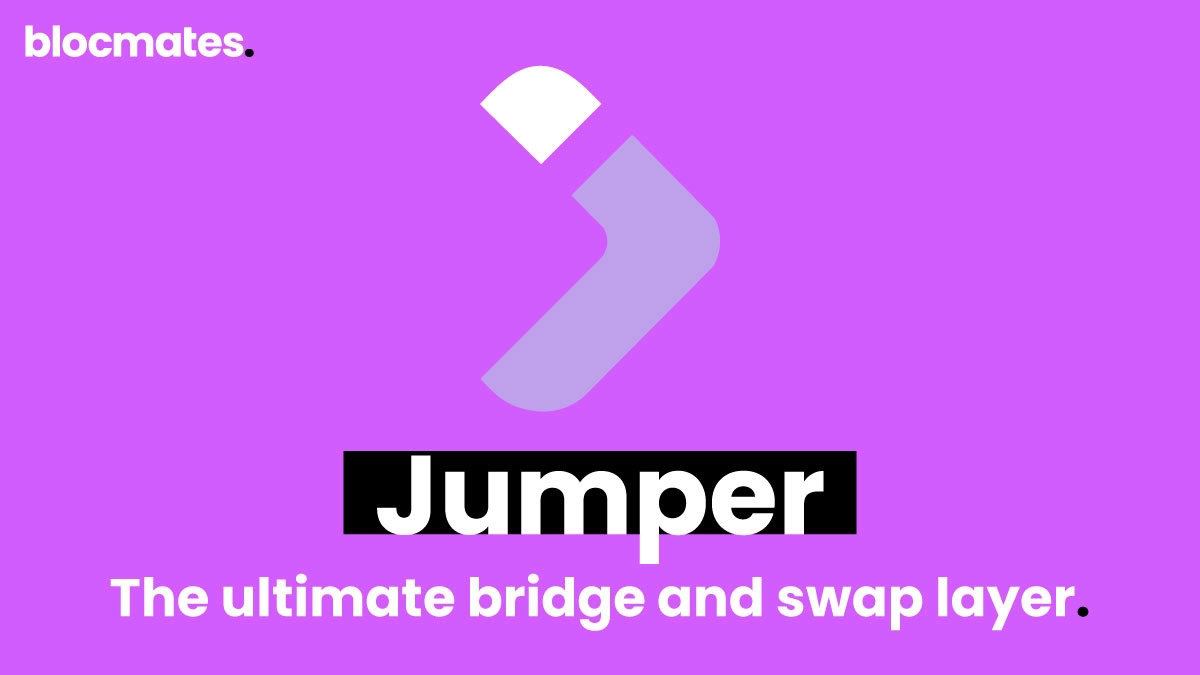
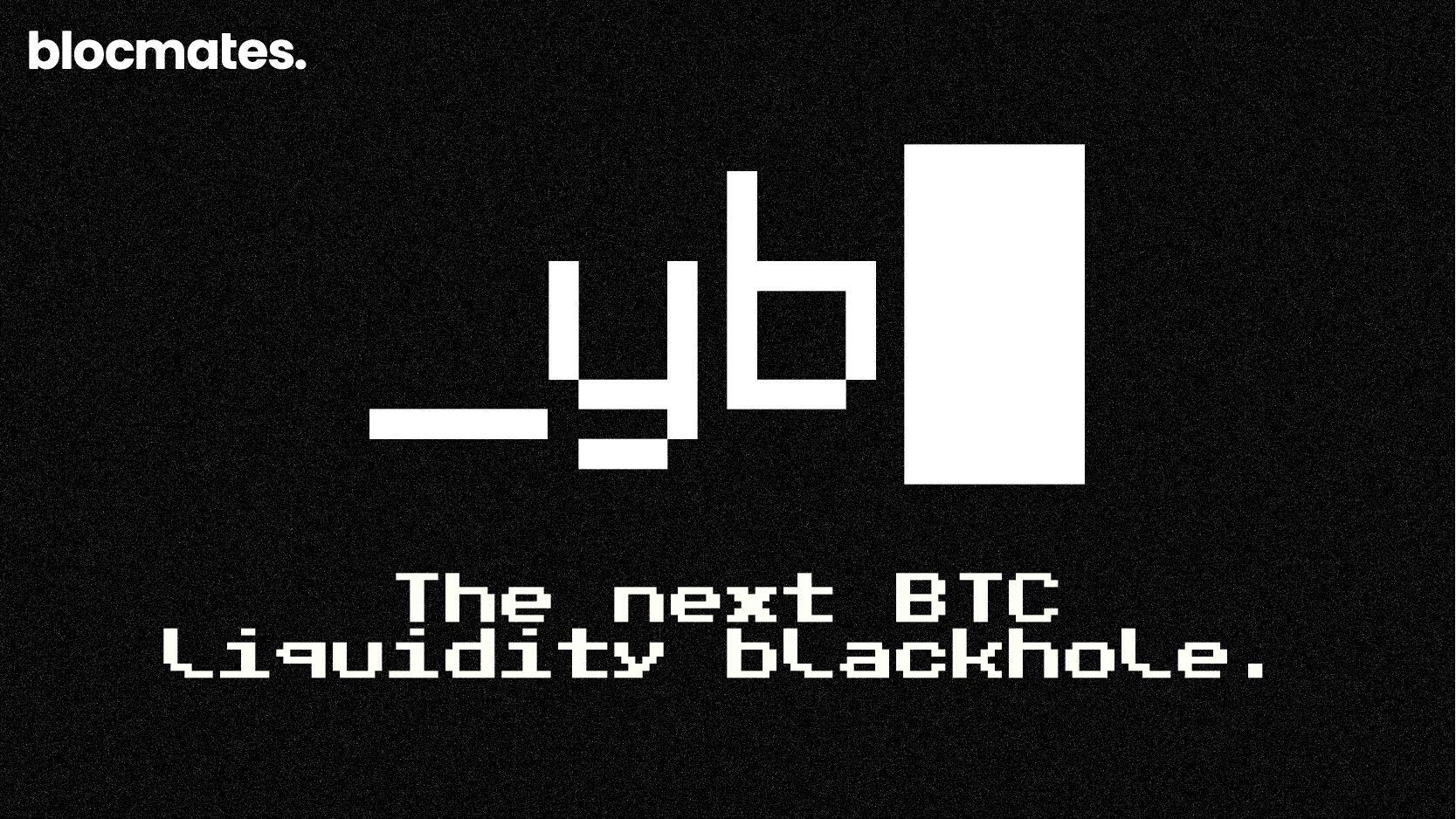
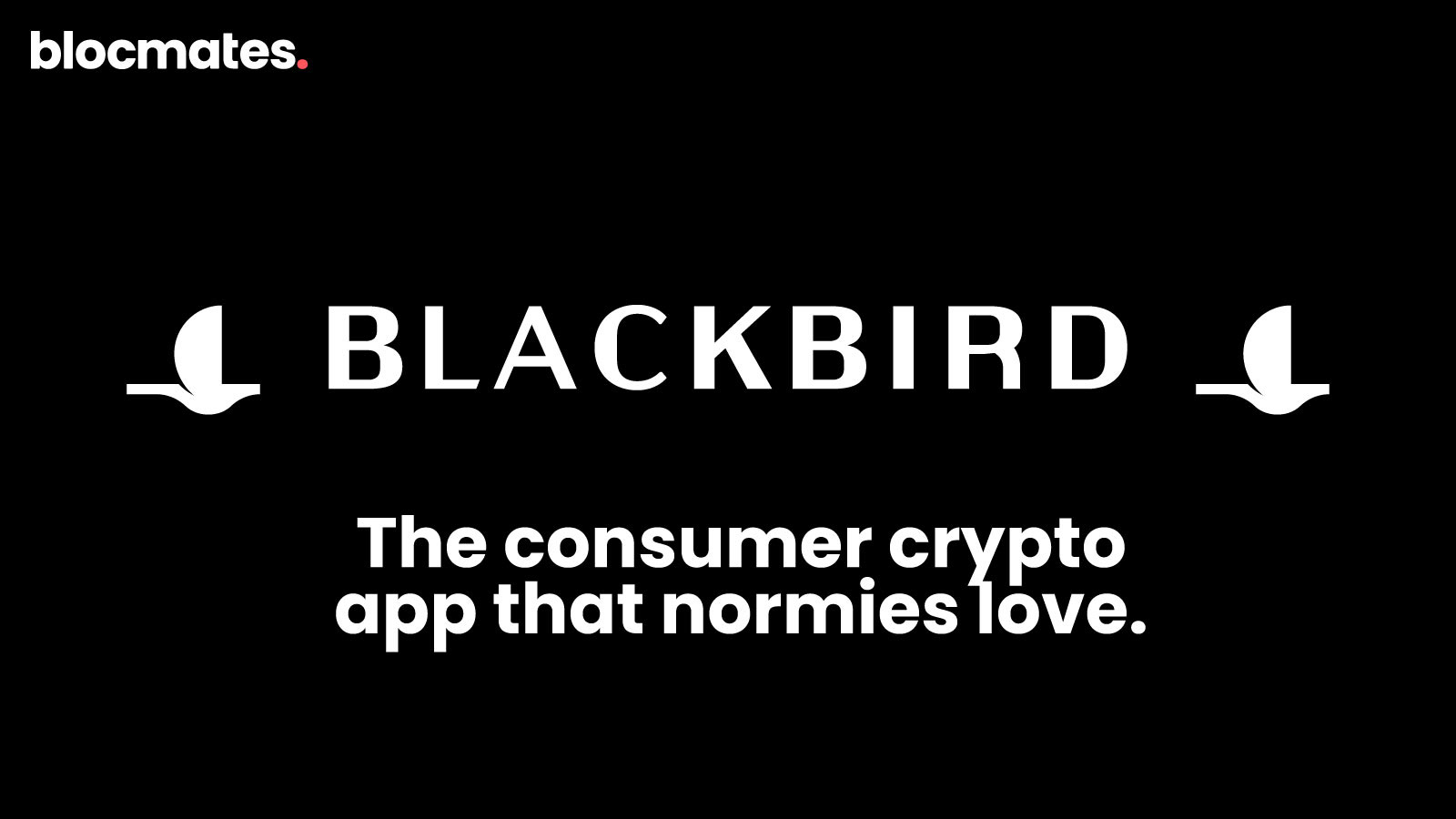


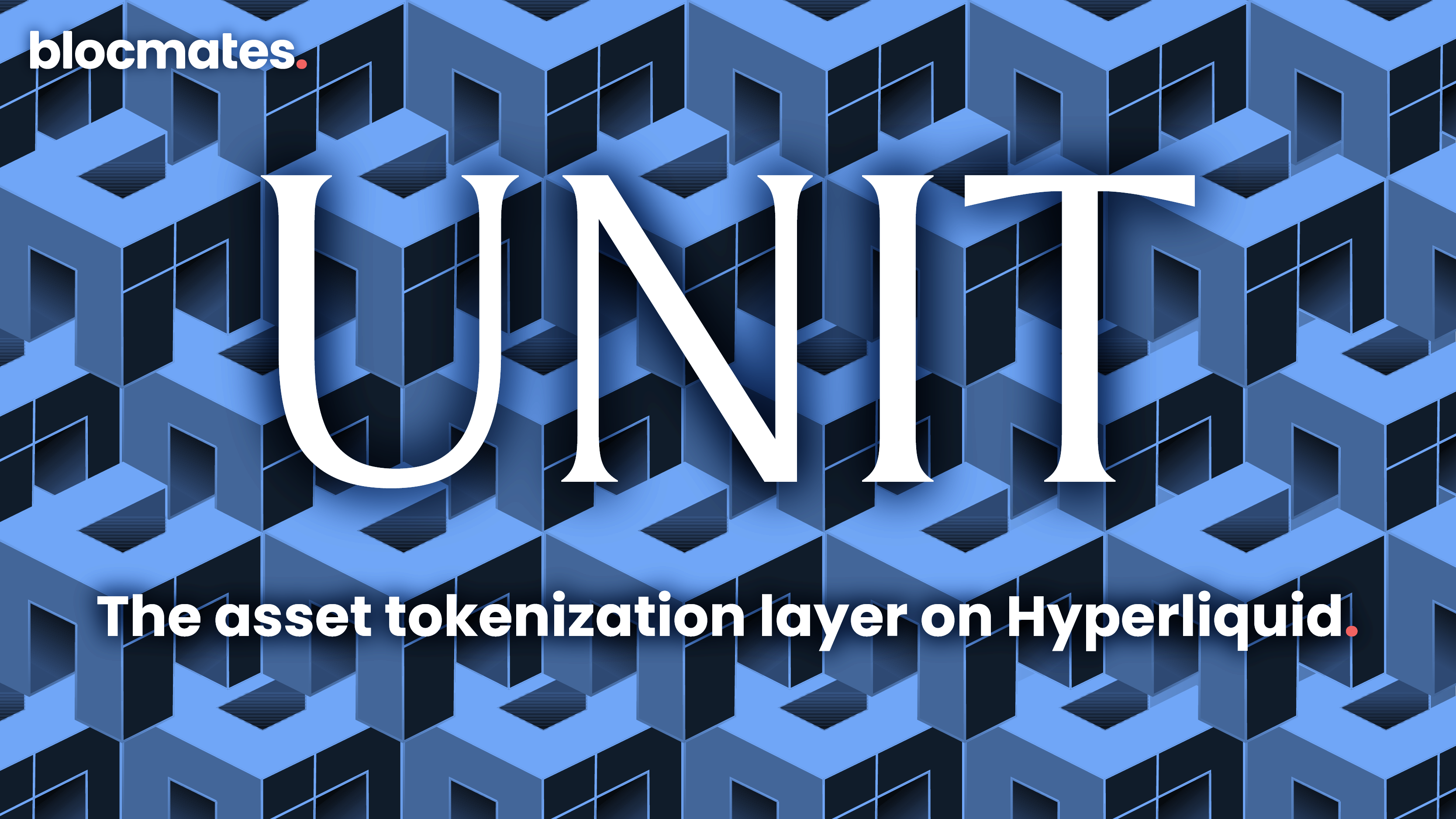




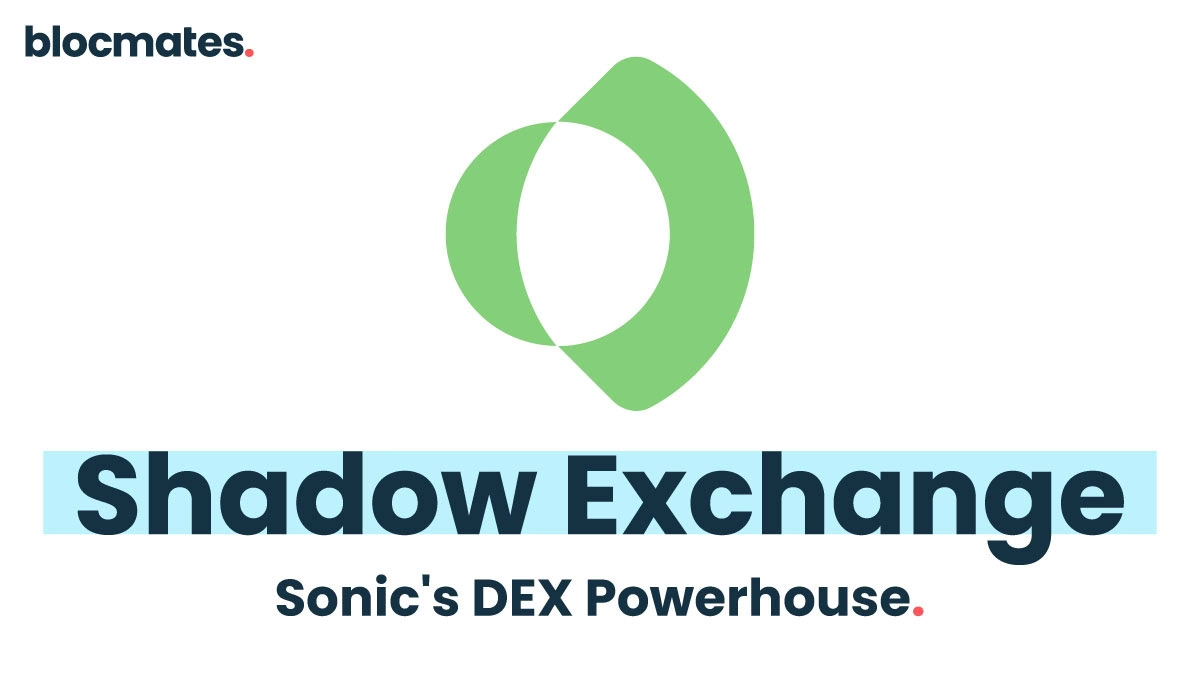


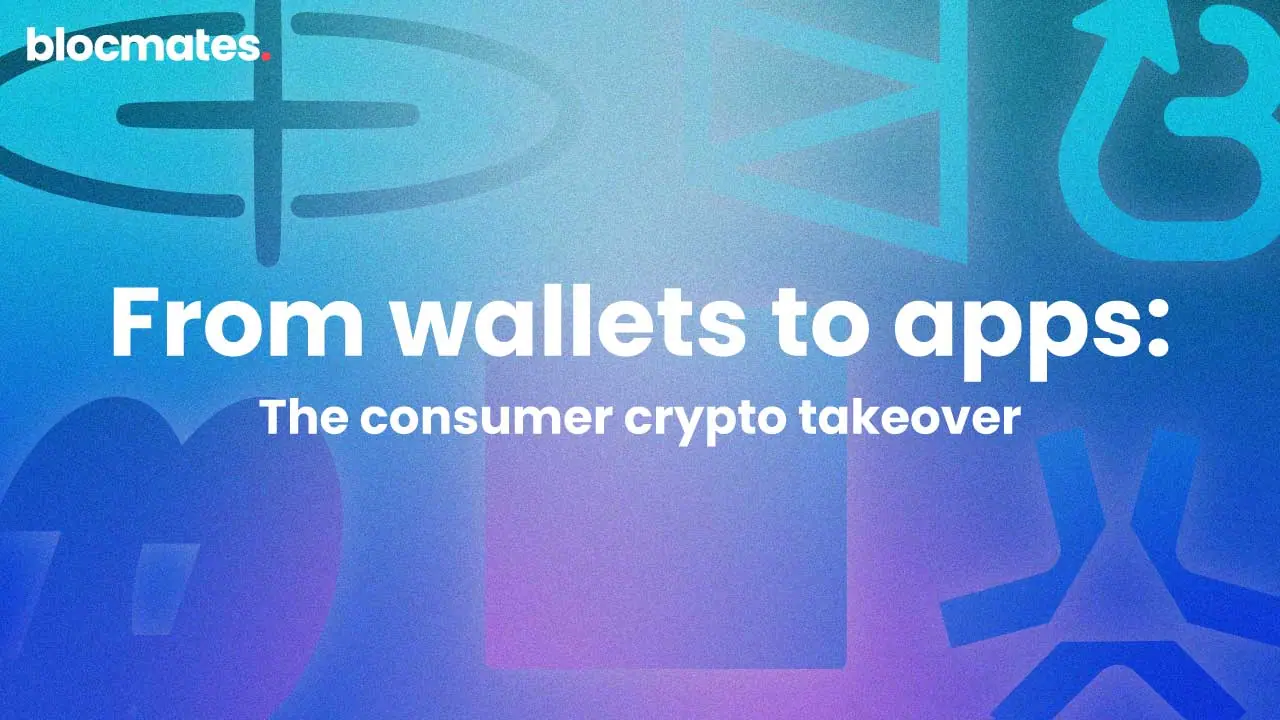


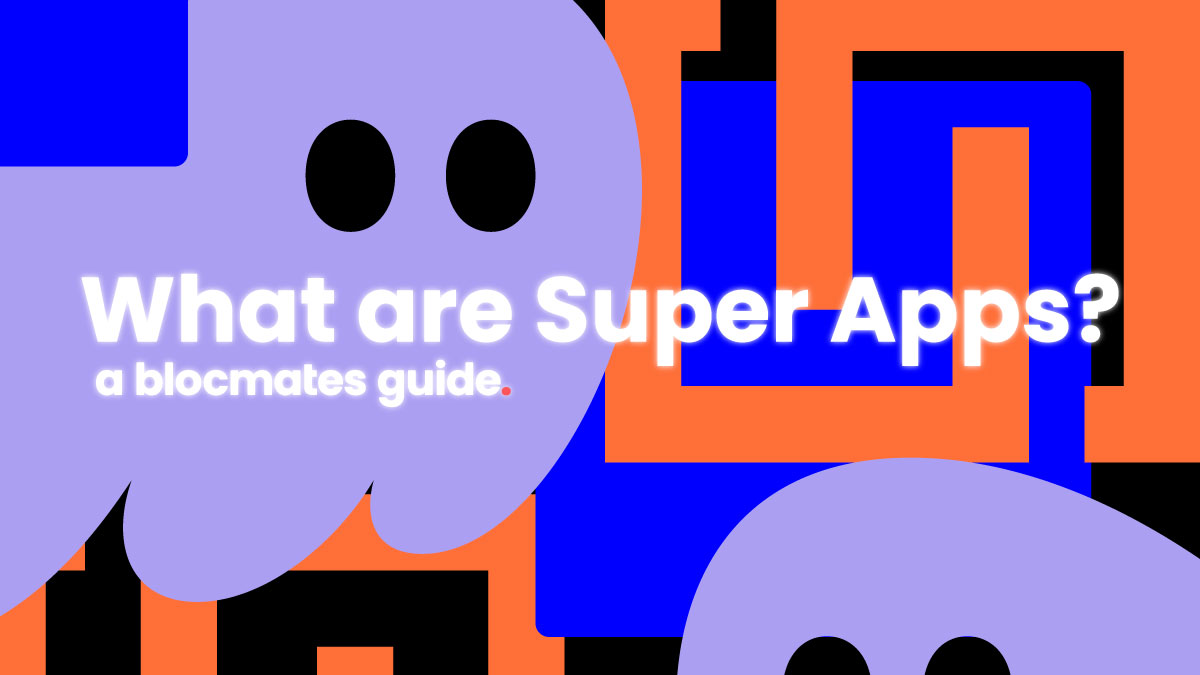

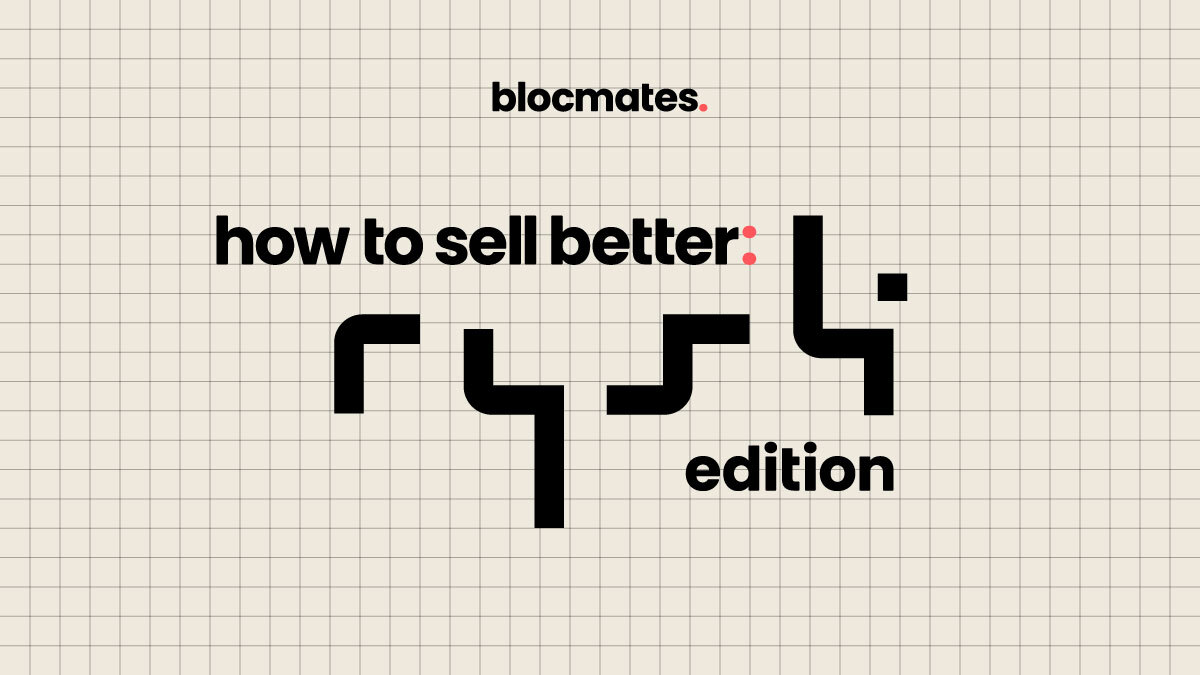
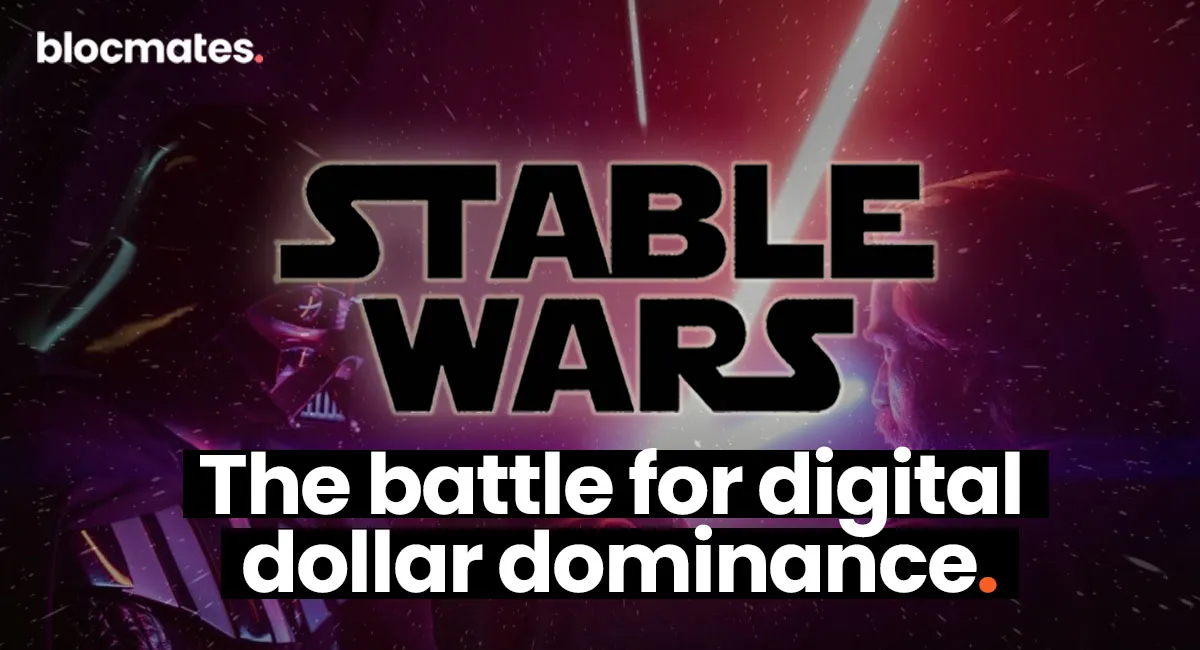

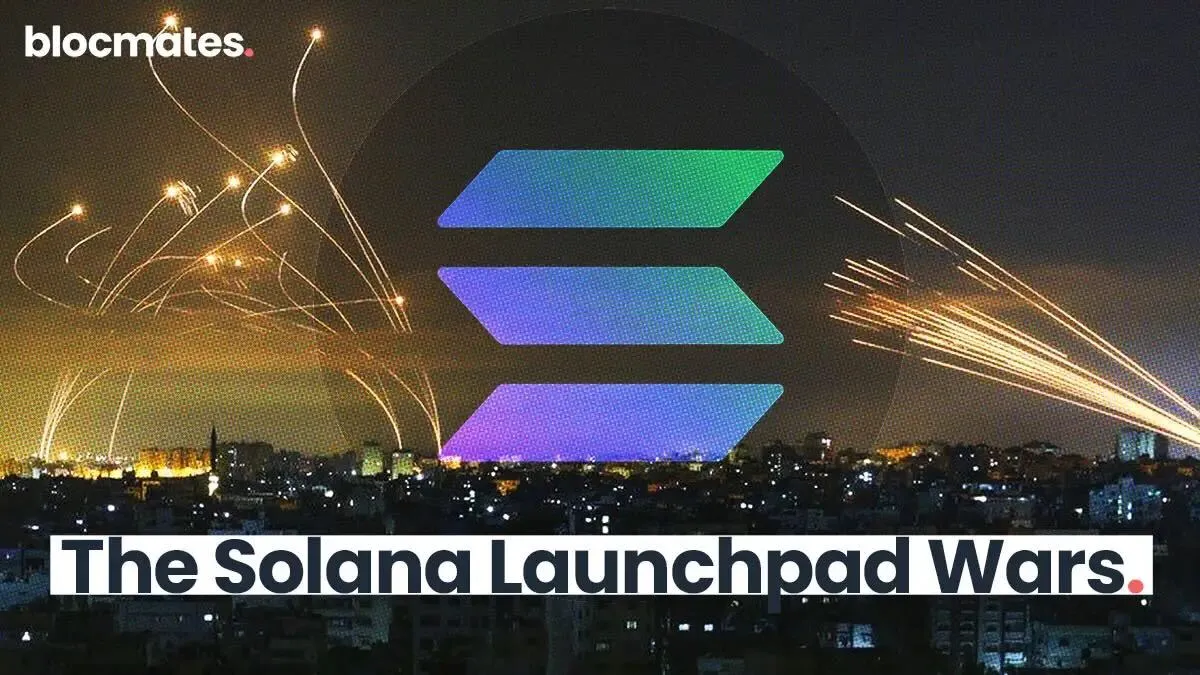




















%202.webp)


.webp)

.webp)
.webp)
.webp)



.webp)












%20the%20Next%20Big%20Unlock%20in%20AI.webp)




.webp)
.webp)

.webp)
.webp)
.webp)


.webp)
.webp)










.webp)


.webp)









.webp)







.webp)
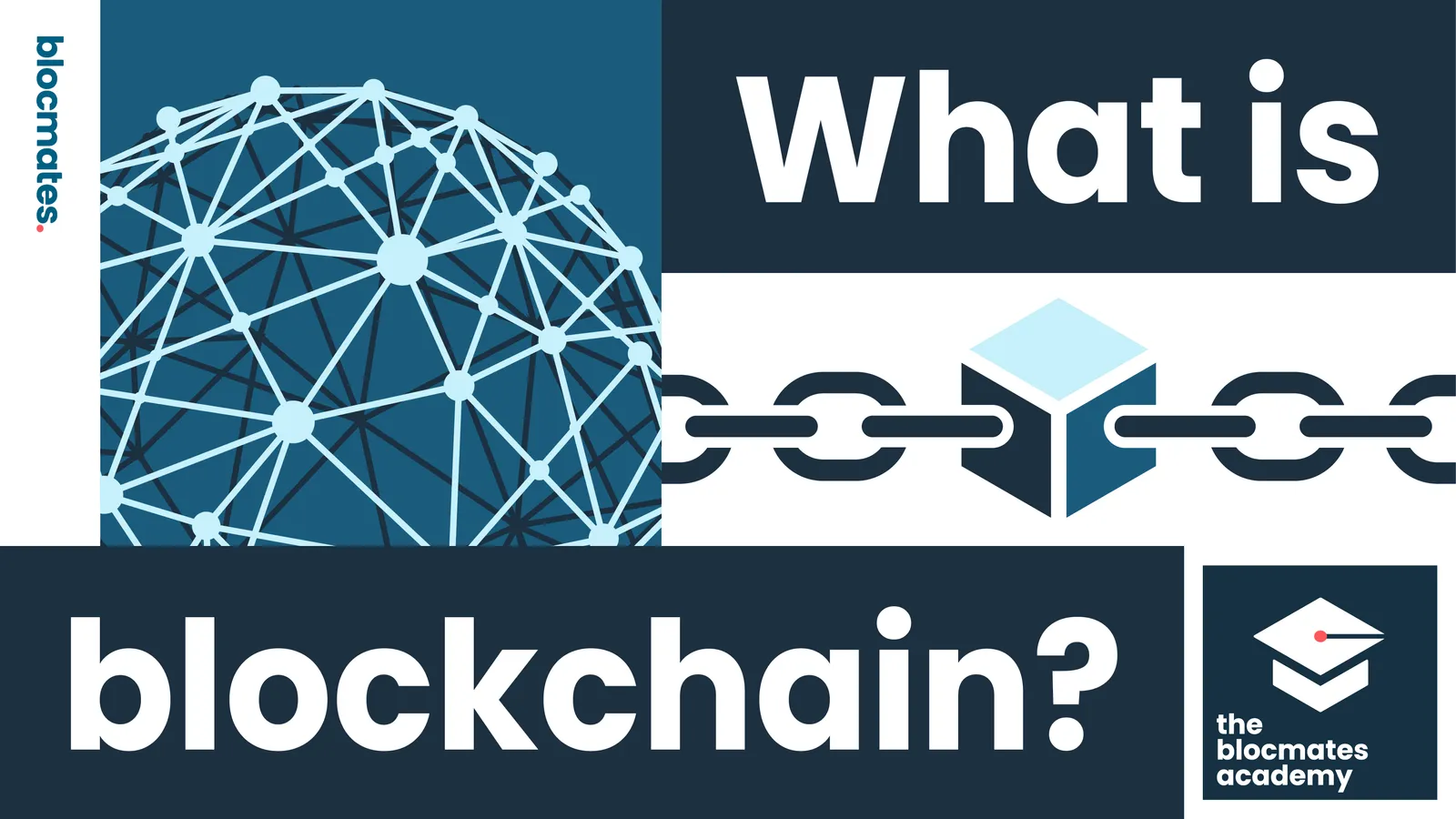



.webp)
















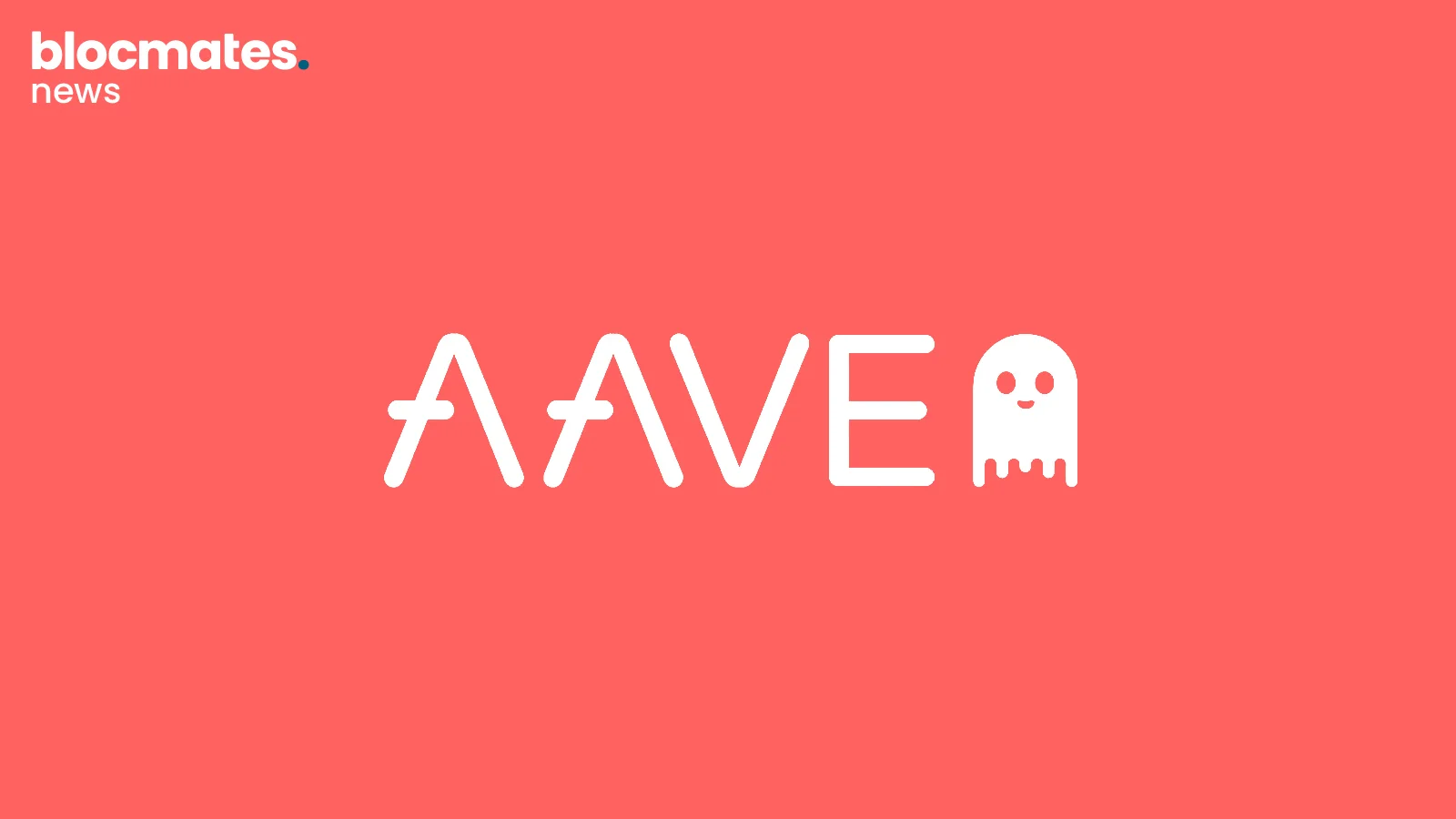









.webp)







.webp)




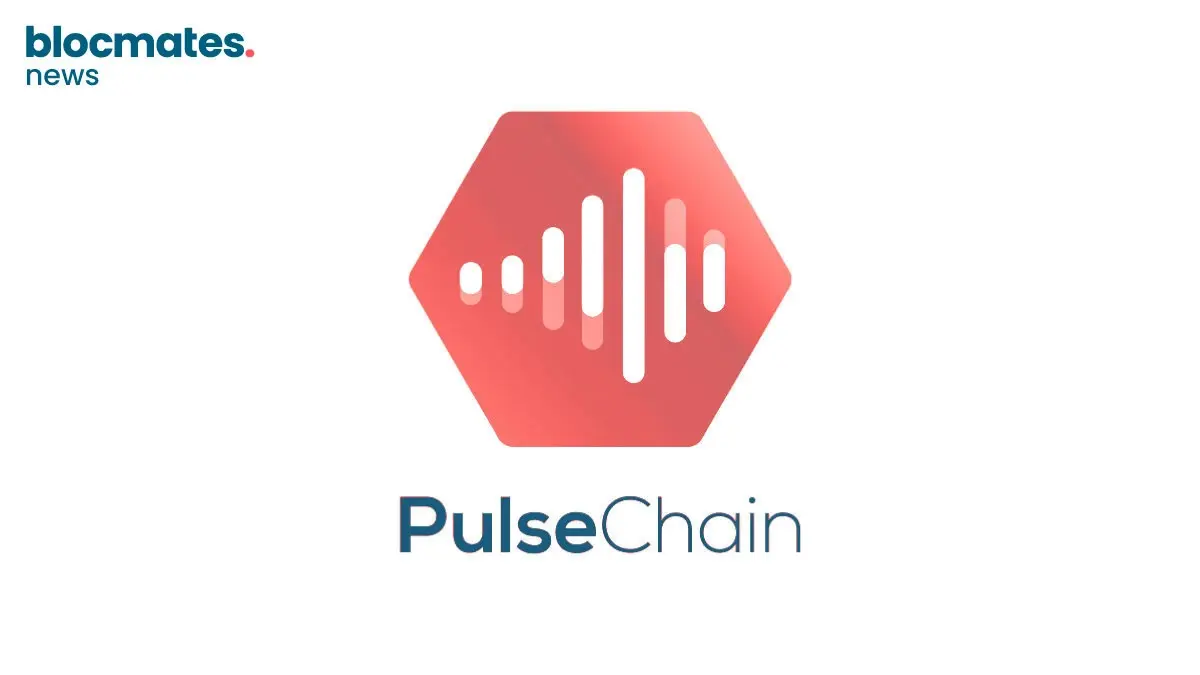
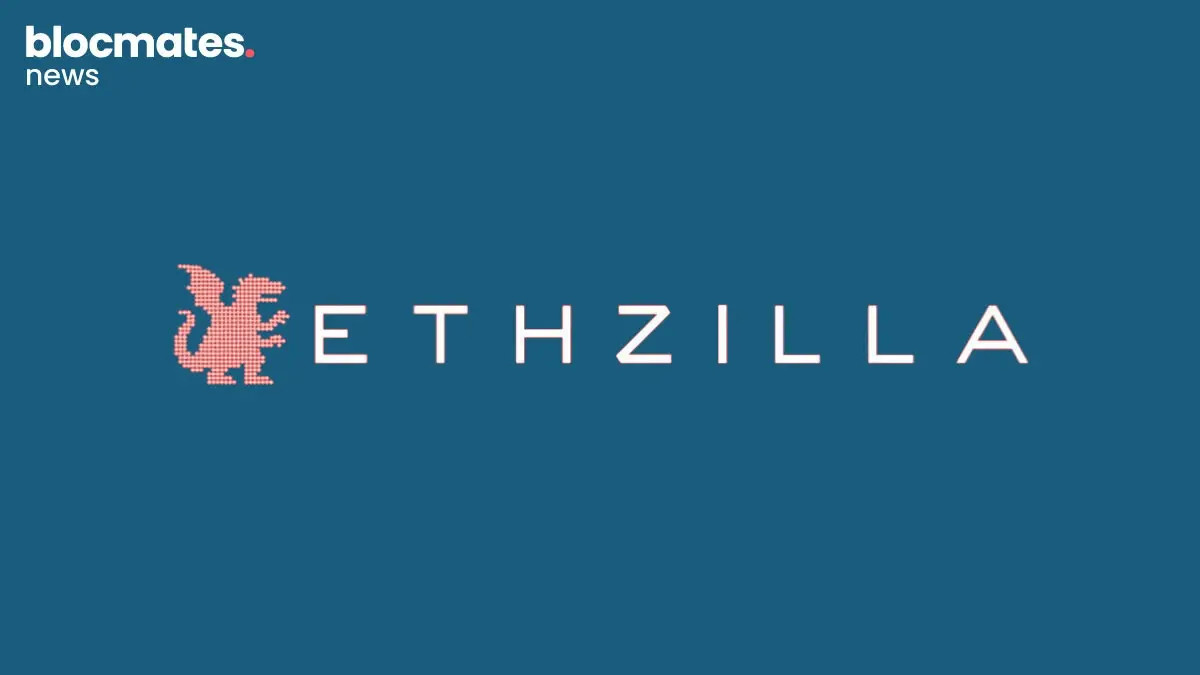
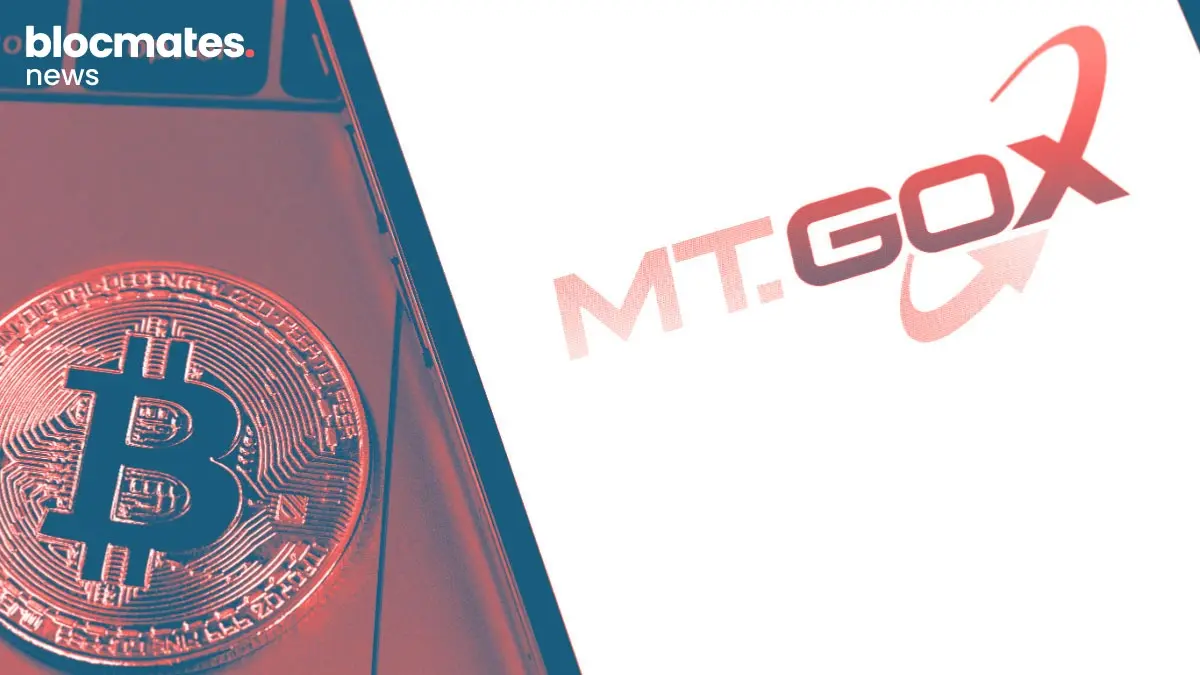

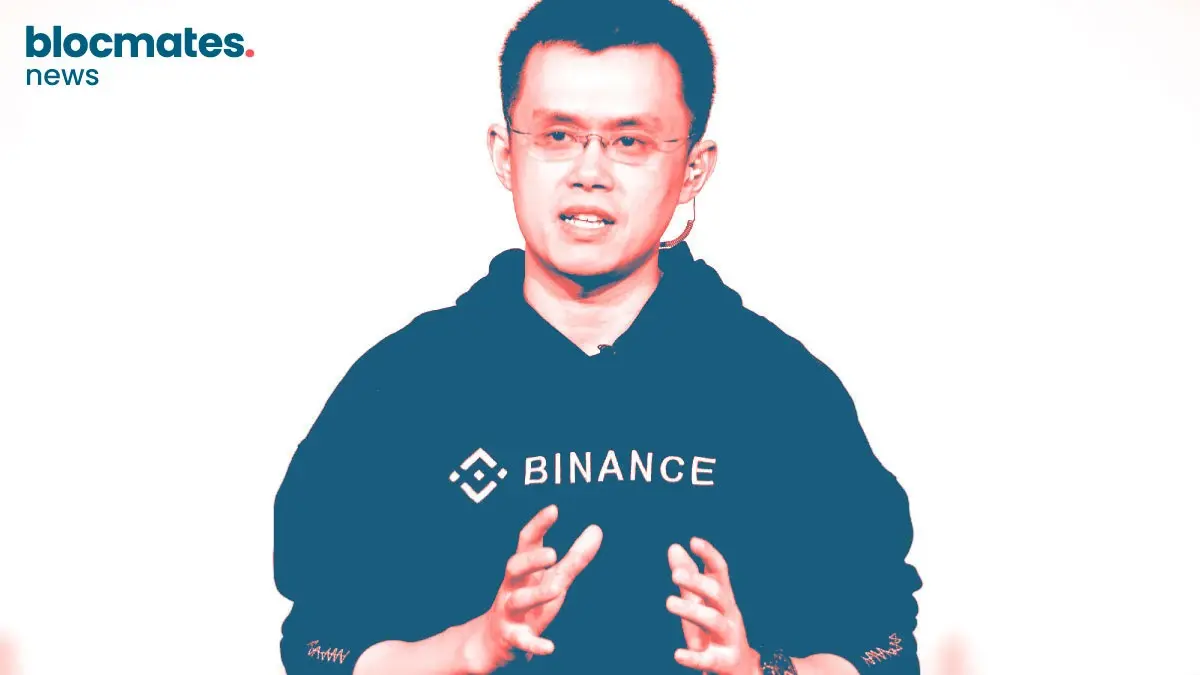


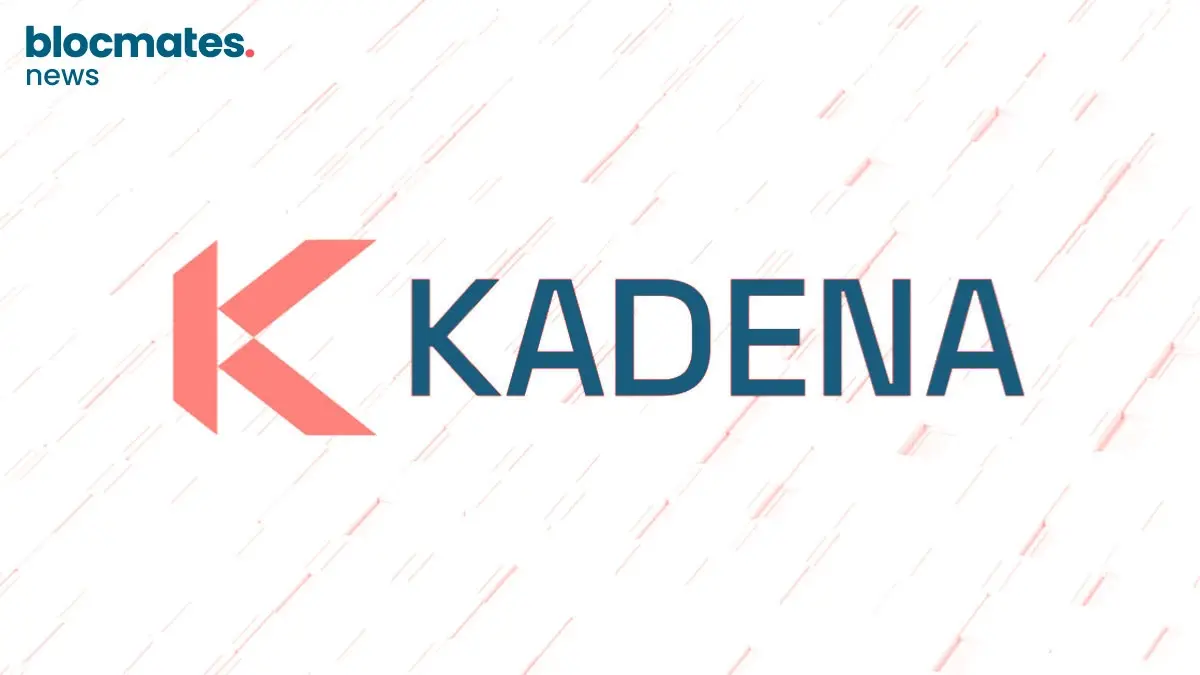


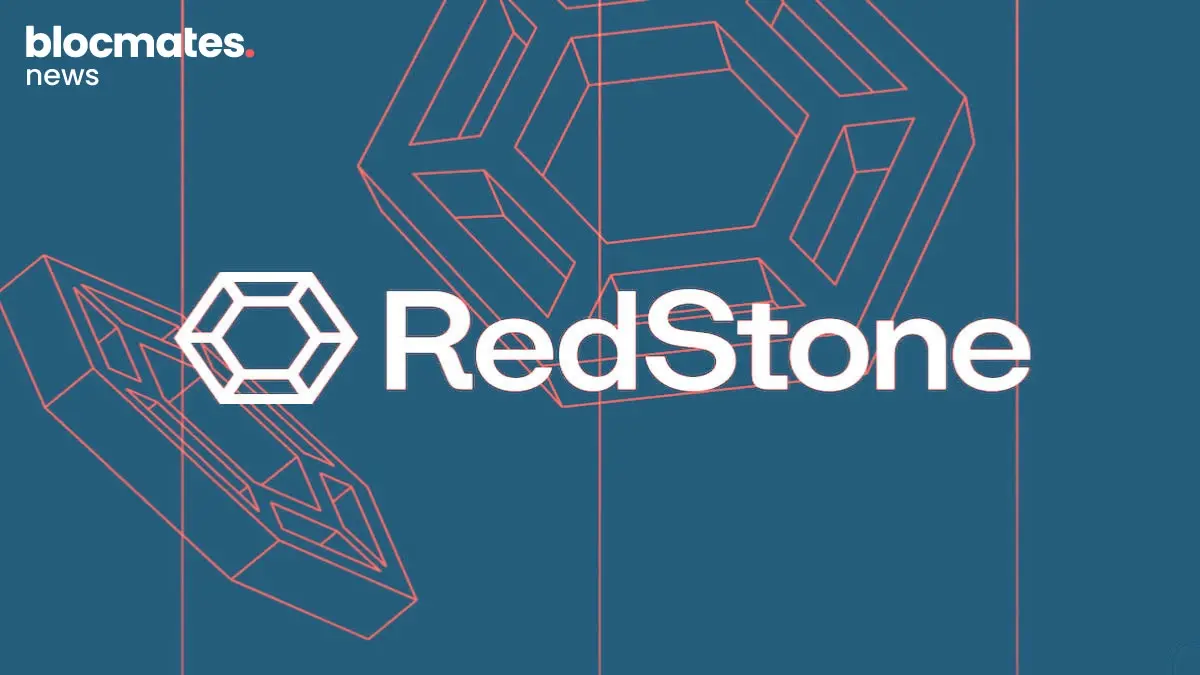
.webp)

.webp)
.webp)

.webp)











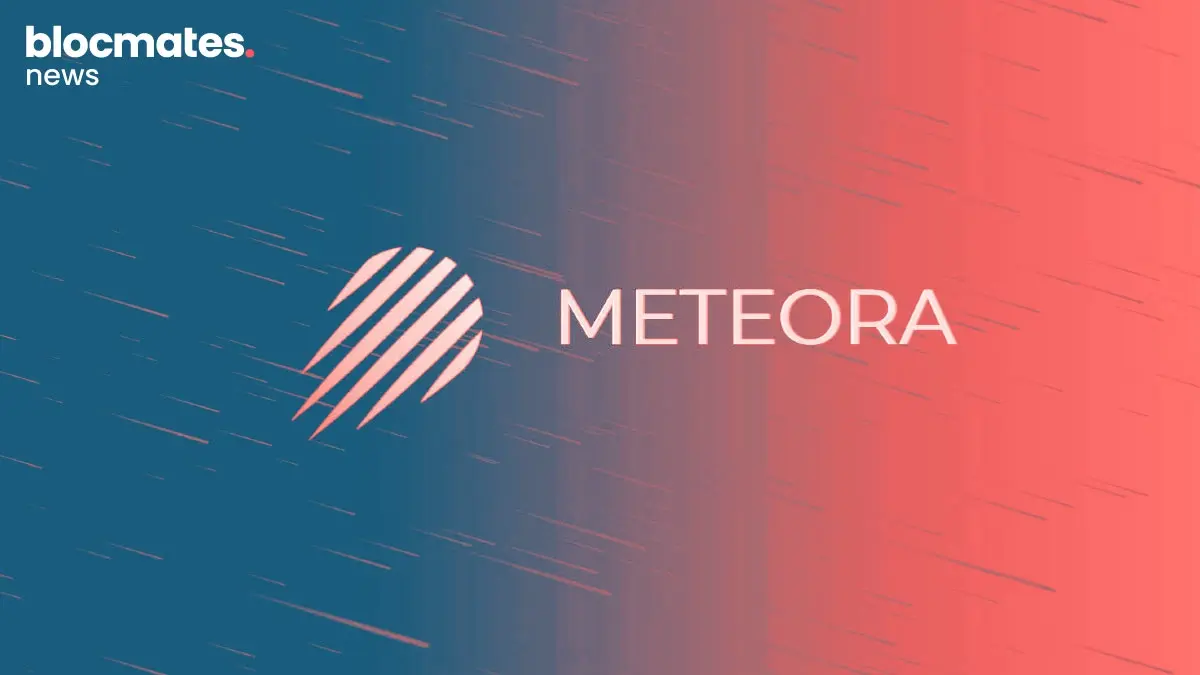


.webp)

.webp)


.webp)



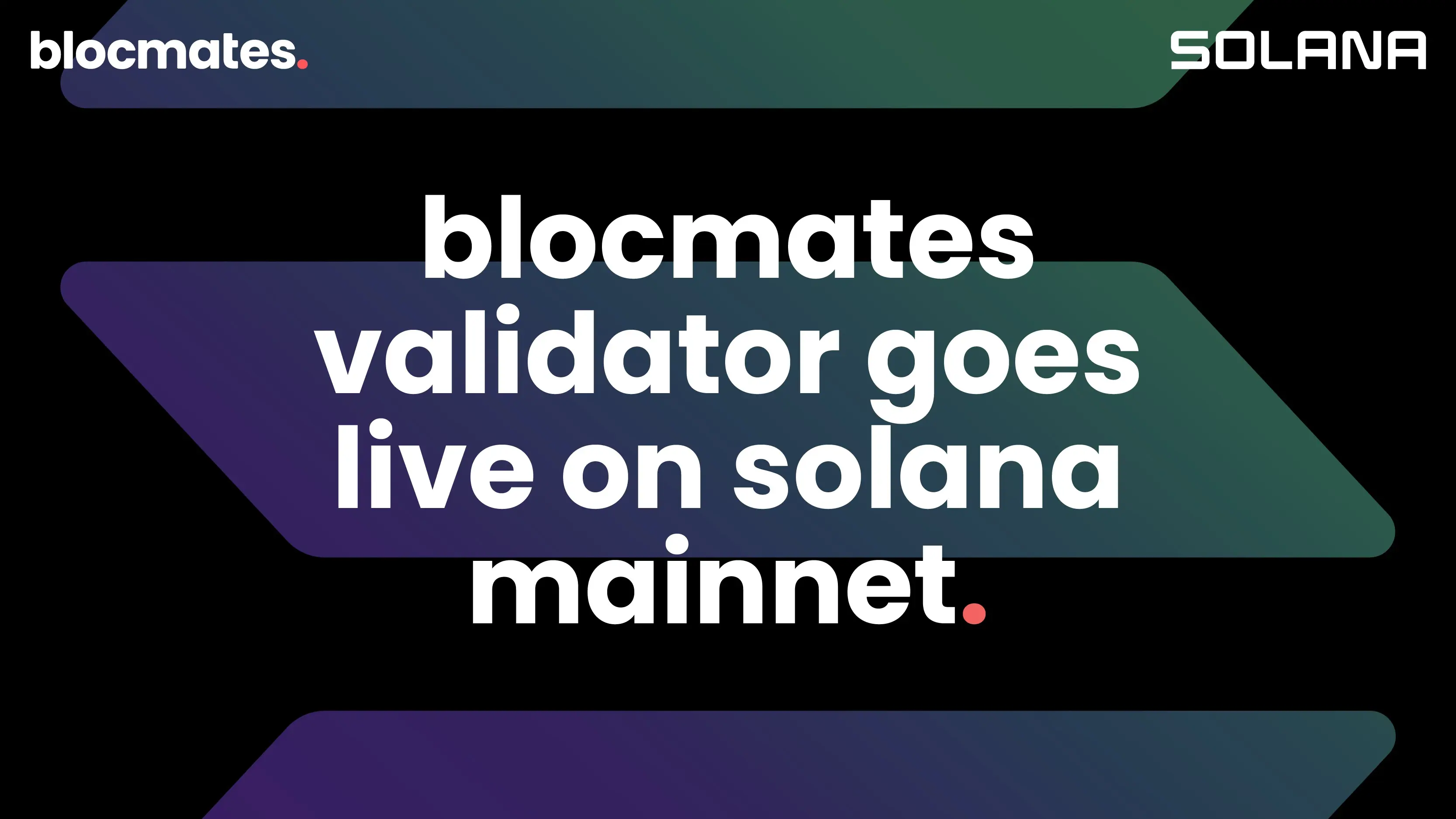




.webp)
